Salkantay is one of the most exciting ways to reach Machu Picchu, offering a mix of challenging terrain, breathtaking views, and cultural immersion. This multi-day adventure takes you through diverse landscapes, from snow-capped mountains to lush cloud forests, all while leading you toward the iconic ruins of Machu Picchu. Whether you're an experienced hiker or looking for a unique journey, the Salkantay Trek is a fantastic alternative to the crowded Inca Trail.
As you read this guide, we'll navigate you through everything you need to know to make the most of this incredible trek—from what to pack to the highlights you'll encounter along the way. Get ready to experience one of the most rewarding treks Peru has to offer!
Table of Contents
What is Salkantay?
Salkantay is a majestic mountain in Cusco, Peru, rising 6,271 meters above sea level (20,574 ft.). It’s the second-highest peak in the region and one of the most imposing in the Peruvian Andes. Its name reflects both its towering presence and the challenges it poses to mountaineers and adventurers.
Beyond its natural beauty, Salkantay is a crucial point on the famous Salkantay Trek, a hiking route that leads to Machu Picchu. This route offers travelers a unique experience through diverse and ever-changing landscapes.
Where is it located?
Salkantay is located in the Peruvian Andes, 100 kilometers northeast of Cusco City. It is part of the Vilcabamba Range, home to some of the region's highest mountains. This imposing mountain is a popular destination for hikers, who can access several trails leading to its summit.
Meaning
The name “Salkantay” comes from Quechua and means “wild mountain” or “indomitable mountain”. “Sallqa” translates to "wild or indomitable", and “Antay” refers to a place.
History of Salkantay
Salkantay Mountain has been revered by Andean cultures, especially the Incas, since ancient times. The Incas considered it an “APU,” a sacred mountain that protected nearby communities and guided their lives. This deep respect for Salkantay continues today, with locals performing rituals asking the mountain for protection, good harvests, and blessings for their families.
Salkantay holds not only profound spiritual significance but also an essential place in the history of Andean routes. While it’s not part of the traditional Inca Trail, the Salkantay Trek has gained popularity for its spectacular scenery and the deep connection it offers with nature and Andean culture. The mountain, with its snow-capped summit and mystical surroundings, remains a symbol of Peru’s cultural and natural heritage.
›› Fun Fact: National Geographic Adventure Travel magazine recently recognized the Salkantay trek as one of the 25 best adventures in the world.
Salkantay Trek to Machu Picchu
The Salkantay Trek to Machu Picchu is one of the most exciting and challenging hiking routes that lead you to the iconic Inca citadel. Unlike the world-famous Inca Trail, the Salkantay trekking is less traveled but equally impressive, offering a more authentic and nature-focused experience.
This approximately 5-day trek covers about 60 kilometers through a diverse range of stunning landscapes. It begins at Salkantay Mountain and descends through green valleys, passing rivers, crystal-clear lagoons, and cloud forests. Along the way, you’ll experience a transition from the cold, high-altitude mountain scenery to the warmth of the tropical jungle, making this route a complete and varied adventure.
Here, we’ll cover all aspects of the trail, from altitude, distance, and what to expect.
Trail Stats
| Duration | 4 to 5 days |
| Distance | 60 kilometers or 37.3 miles |
| Difficulty | Moderate to high, best suited for those in good physical condition |
| Highlights | Salkantay Mountain, Humantay Lake, Andean landscapes, diverse flora and fauna, and Machu Picchu |
Salkantay Altitude
Salkantay Mountain stands at 6,271 meters (20,574 feet) tall, and the highest point on the trek is the Salkantay Pass at 4,650 meters (15,100 feet). The hike starts off easy at around 3,600 meters, climbs up to the pass, and then gradually descends, ending at the lowest point in Aguas Calientes, which is about 2,0040 meters (6,692 feet) above sea level.
Salkantay Trek map
Salkantay Trail Options
When it comes to the Salkantay trek, you've got options. Whether you're up for the full experience or short on time, the 5-day and 4-day hikes are the most popular picks. Both routes bring you to Machu Picchu on the final day. Most companies offer the classic 5-day trek, starting from Soraypampa or Challacancha, with the main difference being where you camp each night. At TreXperience, we cover both the 5-day and 4-day treks on these itineraries:
| Salkantay Trek 5 Days | Salkantay Trek 4 Days |
| Day 1: Cusco – Humantay Lake – Salkantaypampa | Day 1: Cusco – Humantay Lake – Salkantaypampa |
| Day 2: Salkantay Basecamp - Wayracmachay – Collpapampa | Day 2: Salkantay Basecamp - Wayracmachay – Collpapampa |
| Day 3: Collpapampa – Lucmabamba – Llactapata | Day 3: Collpapampa – Hydroelectric – Aguas Calientes |
| Day 4: Llactapata – Hidroelectrica – Aguas Calientes | Day 4: Machu Picchu |
| Day 5: Machu Picchu | |
Total Distance: 60 Km (37.3 mi)* | Total Distance: 48 km (30 mi)* |
*The distance you'll cover on the trek can change based on your itinerary and the company you go with. Typically, the 5-Day Trek covers between 60 and 74 kilometers, while the 4-Day Trek usually ranges from 44 to 48 kilometers.
What can you do and see on the Salkantay Trek?
Humantay Lake
Nestled at the base of Humantay Mountain, this stunning turquoise lagoon is one of the first highlights of the trek. You'll actually hike up to it on your very first day. The trail can be a bit challenging (3 hours up and down), but the views make it totally worth it. Once you reach the lake, you can take a break, enjoy the natural beauty, and soak in the peaceful surroundings.
Salkantay Mountain
The majestic Salkantay Peak is the centerpiece of the trek, standing at 6,271 meters tall. Its imposing presence and perpetual snow create a visually and spiritually impactful experience. You’ll usually get up close to it on the second day of the hike when you reach the pass.
Salkantay Pass
Salkantay Pass is the highest point of the trek, at 4,650 meters above sea level (15,256 ft). From here, you get breathtaking views of the surrounding glaciers and mountains, and most people stop here for photos or just to take in the views. Make sure you’re well-acclimatized, though—the altitude can really hit you hard.
Sleep in tents under the stars
One of the best parts of this trail is camping right in the middle of nature. Far from light pollution, the nights offer fantastic, clear, and breathtaking starry skies. Even if the weather isn't perfect, you can still enjoy a peak of the sky during the night. Whether your itinerary includes Soraypampa or Salkantaypampa on the first day, you will have this awe-inspiring sight.
›› Info: Most companies include stays in lodges or glass huts. The only difference is that we set up tents so you can spend your nights fully surrounded by the majestic Andes.
Connect with nature
The Salkantay Trek is hard to beat when it comes to natural beauty. What makes this trail truly special is the way it takes you from glaciers and towering mountains straight into lush tropical forests, all within a single journey. The variety of landscapes is incredible, offering a unique mix of ecosystems. Along the way, you'll get to see a wide range of flora and fauna, with something new to discover at every stage of the trek.
Tropical jungle
As you descend from Salkantay Pass, you’ll enter a completely different environment: the tropical jungle. Here, the vegetation becomes dense and green, with waterfalls, rivers, and rich biodiversity. This part of the trail takes you through the Santa Teresa Valley, famous for its coffee plantations. You'll usually reach this area on Day 2 or 3, just before the final leg to Machu Picchu. By then, you'll have dropped about 2,000 meters (or 6,561 feet) in altitude.
Coffee experience
During the Salkantay Trek, you'll have the chance to explore the coffee plantations in the lower parts of the Valley. Here, you'll see how coffee is grown, harvested, and roasted all by hand. And yes, you get to sip on some freshly brewed organic coffee right there.
Santa Teresa is renowned for its coffee, which is processed by hand and shipped all over the world. Local farmers rely on coffee cultivation as their main source of income, making it a big part of their economy. Even if coffee isn’t usually your thing, jumping into the coffee-making process here is actually a lot of fun.
Make Pachamanca
While it’s not usually part of the Salkantay Trek, we’ve added this special treat along with our Coffee experience. Pachamanca is a famous Andean feast where meats, potatoes, and other ingredients are cooked underground using hot stones. This unique culinary experience is a tradition in the Andean culture and has been made for centuries.
›› We make this delicious meal on the third day of the Salkantay with TreXperience,
Llactapata
Imagine waking up in your tent with an unobstructed view of Machu Picchu—this is what makes Llactapata a must-visit on the Salkantay trek. From here, you can take in the scenery before reaching the iconic ruins, and it's also the only other Inca site you'll encounter before arriving at Machu Picchu. Just a heads up, getting there involves a pretty steep hike up the slope.
Llactapata was part of a 15th-century Inca site built on a mountain ridge facing Machu Picchu. It served as a rest stop for Inca pilgrims traveling from the sacred city to Vilcabamba and other settlements in the cloud forest.
›› Tip: LLactapata might not always be on the itinerary. If your 5-day trek skips this spot, it’s usually because of bad weather or maintenance. The trail can get super slippery and tough to walk on. When that happens, you'll head straight to Santa Teresa and continue to Hidroelectrica.
Cocalmayo Hot Springs
After days of hiking the Salkantay Trek, your body will be craving some relaxation. At Cocalmayo Hot Springs, you can unwind and give your muscles the break they deserve while soaking in the natural surroundings. These hot springs are in the town of Santa Teresa, just a few kilometers from Machu Picchu. Keep in mind, though, that, like Llactapata, this stop isn’t always included in the trek and might be offered as an add-on.
›› Entry fees: Foreign Adults 15 soles / Peruvians: 10 soles.
Aguas Calientes
Aguas Calientes is the last town before reaching Machu Picchu. It’s where you’ll rest before ascending to the Inca citadel the next day. Aguas Calientes also offers the chance to explore the local market and enjoy the regional cuisine.
Explore Machu Picchu
The highlight of the trek is reaching Machu Picchu, and exploring this wonder of the world is the ultimate reward for your adventure. If you’ve taken the 4 or 5 Days Treks you’ll explore the site with Circuit 2 or 3 that takes you through the most important parts of the city.
Take a look at our complete Machu Picchu guides:
Best time to hike the Salkantay Trek to Machu Picchu
The best time to hike the Salkantay Trek to Machu Picchu is during the dry season, from May to October. During these months, the weather is more stable, with clear skies and less chance of rain, making the trek safer and the views more spectacular.
Salkantay Weather
The weather on the Salkantay trek can change a lot depending on when you go. In December, you’ll usually find it calm and dry, but by May, you might deal with intense heat and humidity. Just remember, conditions can shift quickly, and you might experience a wide range of temperatures in a single day.
Cusco’s climate has two main seasons: the rainy season (November to April) and the dry season (May to October). When planning your trip, keep these in mind to make the most of your adventure in Peru.
Read More: The best time to visit Peru
How challenging is the Salkantay trek?
The Salkantay Route is doable by anybody; however, you need a moderate fitness level to finish the trek. You don’t need to be an expert hiker but have a somewhat active life; if not, you must prepare before this trip to avoid bad experiences.
You do not need to train months in advance. However, you must go on occasional hikes for about an hour or two and increase the frequency and duration as you get closer to the tour departure. Some hours in the gym, jogging, or spinning will also help.
We recommend hiking on weekends or at least twice a month on short treks, including uphill.
How to prepare for the Salkantay Trek?
If you’re planning to take on the trail, it’s important to be prepared. It’s definitely a fun experience, and we’re not talking about anything extreme here, but even seasoned hikers can find it tougher than expected. So, make sure you’re ready for whatever the trail throws your way.
Follow these tips to be ready for the incredible experience of the Salkantay Trek:
- Train your body: Regular hikes and resistance exercises will strengthen your legs and improve your fitness.
- Acclimate to the altitude: Arrive in Cusco a few days early to acclimate and avoid altitude sickness.
- Pack smart: Bring essentials like layered clothing, comfortable boots, and a suitable sleeping bag. Remember sunscreen and hydration.
- Stay hydrated: Drink plenty of water before and during the trek to stay hydrated and prevent altitude sickness.
- Eat well: In the days before the trek, Maintain a balanced diet, focusing on energy-boosting, nutritious foods.
- Prepare mentally: Be ready for physical challenges, but also take time to enjoy the journey and your connection with nature.
Salkantay Trek packing list (the essentials)
- Comfortable, sturdy hiking boots
- Layered clothing (including warm layers)
- Rain jacket or poncho
- Sunscreen and hat
- Sunglasses
- Reusable water bottle
- Energy snacks
- First aid kit
- Trekking poles (optional)
- Headlamp with extra batteries
- Camera or phone with portable charger
- Insect repellent
- Cash (for additional expenses)
Read More: Salkantay Trek Packing List
Why hike the Salkantay Trek?
The Salkantay Trek in Peru is perfect for those seeking an authentic adventure to Machu Picchu. It offers spectacular landscapes, from glaciers to jungles, without the need for special permits. The physical challenges are rewarded with stunning views, making it an ideal choice if you’re looking for a unique experience in the Andes.
Highlights
- The Salkantay trail in Cusco is an adventure that leaves no thrill-seeker untouched. Its breathtaking natural beauty makes it a favorite among hikers in Peru.
- Along the way, you'll be awed by the towering Salkantay Mountain and have the chance to visit traditional Andean villages, where locals welcome you with warm hospitality.
- This trek offers some of the most spectacular views in Peru, from lush tropical forests to challenging mountain passes. It also provides an opportunity to connect with local culture.
Facts about Salkantay
- No special permit is required for the trek, but you do need tickets for Machu Picchu. You can hike the trail as many times as you like, starting near the village of Soraypampa.
- The trail takes hikers through the mountains to Aguas Calientes, also known as Machu Picchu Pueblo.
- The Salkantay trek is named after the towering Salkantay Mountain, which rises to 6,271 meters in southern Peru. National Geographic Adventure has recognized it as one of the top 25 treks in the world.
- This 72 km (45 miles) journey can take 5 to 7 days, depending on your itinerary.
How to book the Salkantay Trek with TreXperience?
Booking your Salkantay Trek with TreXperience is easy. We are recognized as one of the best companies for the Salkantay Trek, offering a safe, authentic, and well-organized experience.
- Visit our Salkantay Treks Tours section.
- Explore the options: Look for the Salkantay Trek in the tour listings and choose the itinerary that best suits you.
- Check availability: Look at the available dates to ensure you can trek on your preferred date.
- Make a reservation: Fill out the booking form with your details and make a secure online payment.
- Receive confirmation: Once your booking is complete, you’ll receive a confirmation with all the details of your trek.
You can also explore our Salkantay Treks here!
Salkantay Frequently Asked Questions
How long is the Salkantay Trek?
Salkantay Trek can be done in many ways, depending on your itinerary or your chosen operator. The most popular tours are 4 and 5 days; shorter than four days can be too challenging, and longer schedules usually include city tours, Sacred Valley tours, and not the hike itself.
Salkantay Trek 4 Days: The hike starts in Soraypampa, visits the amazing Humantay Lake and Salkantay pass, and arrives at Machu Picchu after 3 days of the hike. On the last day, you will visit Machu Picchu and return to Cusco on the panoramic trains (Vistadome or 360°). The Total hiking distance is 44km/28 mi, and this doesn’t include the walking tour around Machu Picchu
Salkantay Trek 5 Days: The ultimate Salkantay Trek starts in Soraypamapa Village, arrives at Humantay Lake, Salkantay Pass, and allows camp for 1 night in Llaqtapata, a unique archeological site located on a mountain top right in front of Machu Picchu. The total hiking distance is 60km/38 mi for the 4-day hiking tour. On the 5th day, this is a walking tour of Machu Picchu.
How high is Salkantay Trek?
It’s important to note the difference between Salkantay Mountain, which is 6,271 m (20,574 ft), and the highest pass reached during the trek, the Salkantay Pass, which is 4,630m /15,190 ft.
• First campsite: 3,900 m / 12,795 ft
• Second campsite: 2,770 m / 9,087 ft
• Third campsite: 2,750 m / 9,022 ft
• Last night at Aguas Calientes: 2,000 m / 6,561 ft
Is it very cold on the Salkantay trek?
Yes. Temperatures can drop to 0°C / 32°F and sometimes below that level, especially in winter (May to August). The coldest it can get is during the first night because you will be close to Salkantay Mountain and Humantay Peak.
Can it be hot on the Salkantay trek?
After you've passed the highest point, you will reach the edge of the jungle. This means you will get a warmer day. On a sunny normal day, it can reach up to 24° C and, in rare cases, up to 30°C. The rainy season (November to March) is where you usually get the highest temperatures.
Which Salkantay trek should I take?
There are so many tours to Machu Picchu and Salkantay that travelers might have difficulty deciding which one to take.
Among the most important factors to consider is price; you should not choose the lowest prices, as they have hidden costs, and you will end up paying more or having a bad experience. The regular price of the Salkantay trek varies between 450 USD and 650 USD. This cost should include 3-star hotels, meals, porters, transportation, and an English-speaking certified tour guide.
It’s essential to book your tour with a company with a good reputation; this is a hiking tour at a high altitude and slippery terrain, and you should trust the company and tour guides.
TreXperience provides experienced tour guides, expert chefs, and comfortable camping equipment; plus, we include a Coffee tour, Pachamanca cooking, and a Panoramic Vistadome train on the last day for a great price.
Is altitude sickness a problem? What should I do to avoid altitude sickness?
Altitude sickness is real and can affect anybody, whether they are expert hikers or not. Below are some recommendations to avoid altitude sickness:
• Arrive in Cusco at least two days before your trek departure. This will help you adapt to the altitude before your trek. During these first days, you should do activities that are not exhausting or that don’t include several hours of hiking: we recommend the Cusco City Tour, the Sacred Valley Tour, or Maras Moray.
• Avoid tours like Rainbow Mountain, which include several hours of hiking. This tour is perfect after the Machu Picchu trip.
• Bring altitude medicine like Diamox or others recommended by your doctor.
• During the first days in Cusco, eat light and drink lots of water; Coca tea will help.
Is Salkantay Trek worth it?
Definitely! The Salkantay Trek gives you that unique sense of achievement that other hikes can't match. This journey is a great combination of natural beauty and archeological sites, making the trek complete; it starts high in the mountains, where cold temperatures and snow-capped mountains dominate the landscapes, and ends at the high jungle or Cloud Forest.
In any case, it's an excellent opportunity to witness unique views, climates, and weather changes throughout the journey, with the added chance to camp in front of Machu Picchu.
Thank you for reading!
If you need more information about Salkantay, don't hesitate to contact us. Whether you have questions about the climate, what to bring, or recommendations, we'll be happy to answer them. Drop us a line or fill in the "Need Help With Your Trip" form.
More Facts About Salkantay
The climbers who reached the summit of Salkantay
Aside from the classic hiking trail, Salkantay is a famous destination for expert climbers from around the world who tackle its challenging slopes to reach the peak. First climbed in 1952 by a French-American team, only 21 successful ascents have been made since, making it one of the hardest mountains to climb in Peru and rarely attempted.
- 1st ascent: 1952 - In dispute (Bronimann y Marx) and French-American expedition
- 2nd ascent: 1953 - Lionel Terray (France)
- 3rd ascent: 1965 - Takeshi Rito, Seihei Iwama, Mitsumasa Miyamoto, Tetsuju Kawada, Masami Ogawa, Yoshiaki Sawa, Reiji Horie (Japan)
- 4th ascent: 1968 - Franz Hawelka, Bruno Klausbruckner, WolfgangAxt, Saxinger (Austria).
- 5th ascent: 1968 - Yukihiko Kato, Hideo Kato, Isao Asahi, Noriaki Soga (Japan).
- 6th ascent: 1970 - Dr. FritzWeidmann, Manfred Rogge and Herbert Karasek (German).
- 7th ascent: 1970 - Bernard Cabane and Benoit Finet (France).
- 8th ascent: 1973 - Piotr Malinowski and Ryszard Szafirski (Polish).
- 9th ascent: 1973 – Michael Andrews, Peter Jennings, and Wayne Barton (Australian).
- 10th ascent: 1977- Dr. Mario Quattrini, Giorgio Marconi, Antonio Mangononi,Consuelo Bonaldi, Franco Nodari, Sergio Castellani, Augusto Zanotti (Italy).
- 11th ascent: 1978 - LiborAnderle, Zoran Brešlin, Marjan Brišar, Edi Torkar, Jure Žvan, Jure Ulcar(Yugoslavia).
- 12th ascent: 1978 – Roberto Morales Puebla and another climber (Mexico).
- 13th ascent: 1978 – Jesus Maria Rodriguez, Jose Luis Conde, Jesus Maria Barandiaran, Iñigo Brothers (Spain).
- 14th ascent: 1980 - Tomio Shimada, Chokuto Alpine Club (Japan).
- 15th ascent: 1981 – Herbert Ziegenhardt, Elmar Fries (German), Theo Dowbenka, Rudolf Friedhuber, Martin Klein (Austrian).
- 16th ascent: 1981 – Peter Getzels (USA).
- 17th ascent: 1983 – Brothers Niko and Slavko Novak (Yugoslavia).
- 18th ascent: 1983- Tine Bucik, SlavkoFrantar, Vanja Matijevic and Lado Vidmar (Yugoslavia).
- 19th ascent: 1986 – Pete Leeming, Mark Lowe, Duncan Francis, Paul Harris, and Keith Milne (English).
- 20th ascent: 2013 – Nathan Heald, Thomas Ryan (USA), Luis Crispin Quipse (Peru).
- 21st ascent: 2013 – Nathan Heald, James Lissy (USA), Edwin Espinoza Sotelo (Peru). Edwin Espinoza becomes 2nd Peruvian to summit, Nathan Heald becomes the only mountaineer to climb the mountain twice.
›› Luis Crispín became the first Peruvian climber to reach the summit in 2013, along with Nathan Heald and Thomas Ryan from the US.
Biodiversity in Salkantay Route
You might not expect it, but the Salkantay route is full of diverse wildlife. The trail takes you through high mountain passes and misty cloud forests, creating the perfect environment for various plants and animals, many of which belong to the Machu Picchu Archaeological Park. While it’s tough to spot most of the wildlife due to the number of visitors, if you’re lucky, you can still catch glimpses of several bird species along the journey.
Fauna
Some of the species you might come across include:
- Andean Condor: The largest flying bird in the world. Condors often nest on rocky cliffs and glide through the skies in search of food. These majestic birds of prey are easily recognized by their striking black and white plumage.
- Spectacled Bear: While sightings are rare, it’s a memorable experience if you do spot one. These bears live in the forested areas near Machu Picchu and are known for their unique facial markings that resemble glasses, earning them the nickname "Andean bear."
- Hummingbirds: The cloud forest along the Salkantay route is home to many hummingbird species. You’ll see a variety of these tiny, colorful birds darting about. The area is also home to toucans, the Andean cock-of-the-rock, parrots, and more.
- Vizcacha: A close relative of the chinchilla, the vizcacha is often called the "Andean rabbit." It’s known for its long ears, stocky body, and curled tail. You can usually find them lounging on rocks or leaping between boulders or in Machu Picchu.
Flora Along the Salkantay Route
The cloud forests surrounding the Salkantay trail are a dream for plant enthusiasts. The diversity of plants here is impressive, and as you descend from the snowy peaks, the vegetation gets denser and more abundant. Here are some key species you might come across:
- Orchids: The Salkantay trail is rich with a variety of orchids, especially near the Machu Picchu sanctuary. These beautiful flowers come in all shapes, sizes, and colors. Keep your eyes open as you hike, and you might spot species like Epidendrum, Pleurothallis, Sobralia, and Wakanki, commonly found in the valley areas.
- Polylepis Trees: Known locally as "queñuales," these high-altitude trees stand out for their unique appearance. They play a crucial role in the ecosystem, helping retain water and shaping a landscape that’s both distinctive and vital for local wildlife.
Salkantay Mountain and Climate Change: The Untold Reality
We all know this iconic peak in the Vilcabamba Range is a highlight for travelers heading to Machu Picchu. But as stunning as it is, there’s a side of Salkantay we often overlook: the glacier that so many come to see is vanishing at an alarming rate.
In just the past 40 years, Salkantay Mountain has lost more than 60% of its glacier surface. This dramatic melting is part of a global trend fueled by climate change, threatening not just the mountain’s natural beauty but also the vital water sources for local communities and the Machu Picchu hydroelectric plant.
The melting of the Salkantay glacier is a sign of the bigger issues caused by climate change. While the snowmelt initially increases water levels, it’s a temporary relief. Over time, the water flow will drop sharply, affecting farming, livestock, and everyday needs. Farmers who rely on this water for irrigation are already facing the challenge of unpredictable supplies. The risk of avalanches and landslides is also increasing as the glacier retreats, posing additional dangers to the region.
Tourists flock to see the snowy peaks of Salkantay and Humantay, but there is an urgent need to balance tourism with conservation. Local experts are calling for sustainable management of these areas, including water conservation efforts and stricter regulations on visitor numbers. Without immediate action, the stunning landscapes that draw visitors from around the world may vanish sooner than expected, leaving behind a dry and barren terrain.
Written by


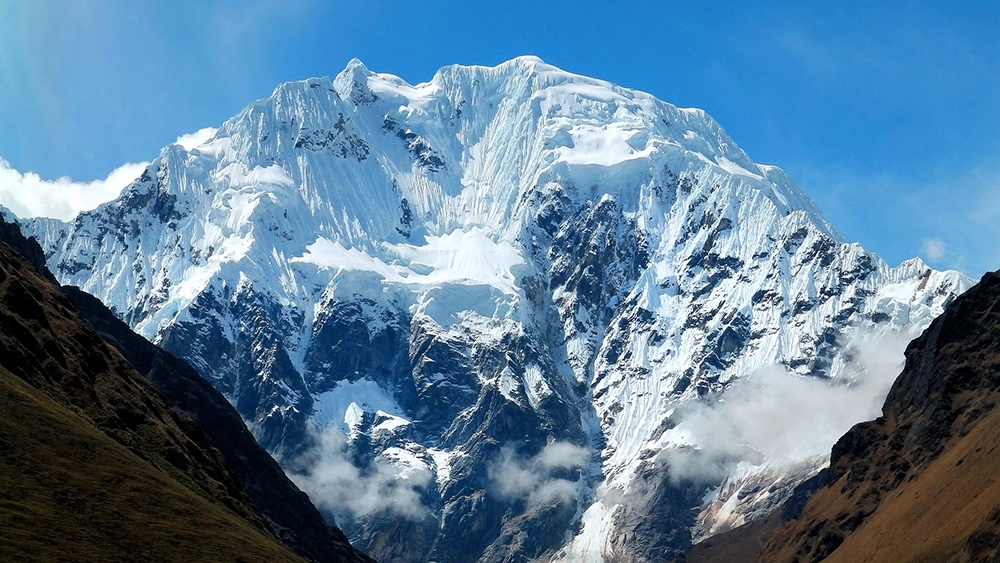
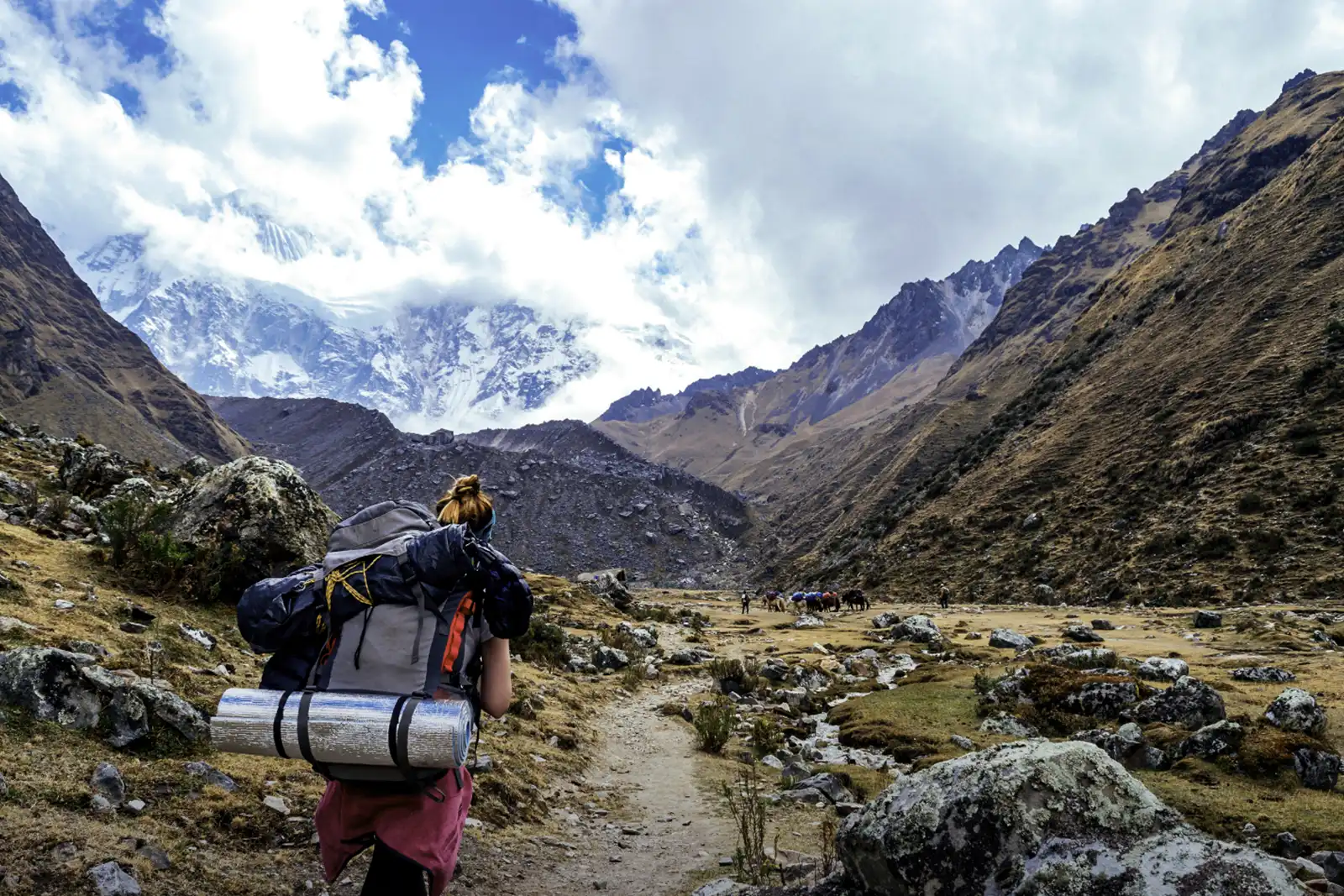

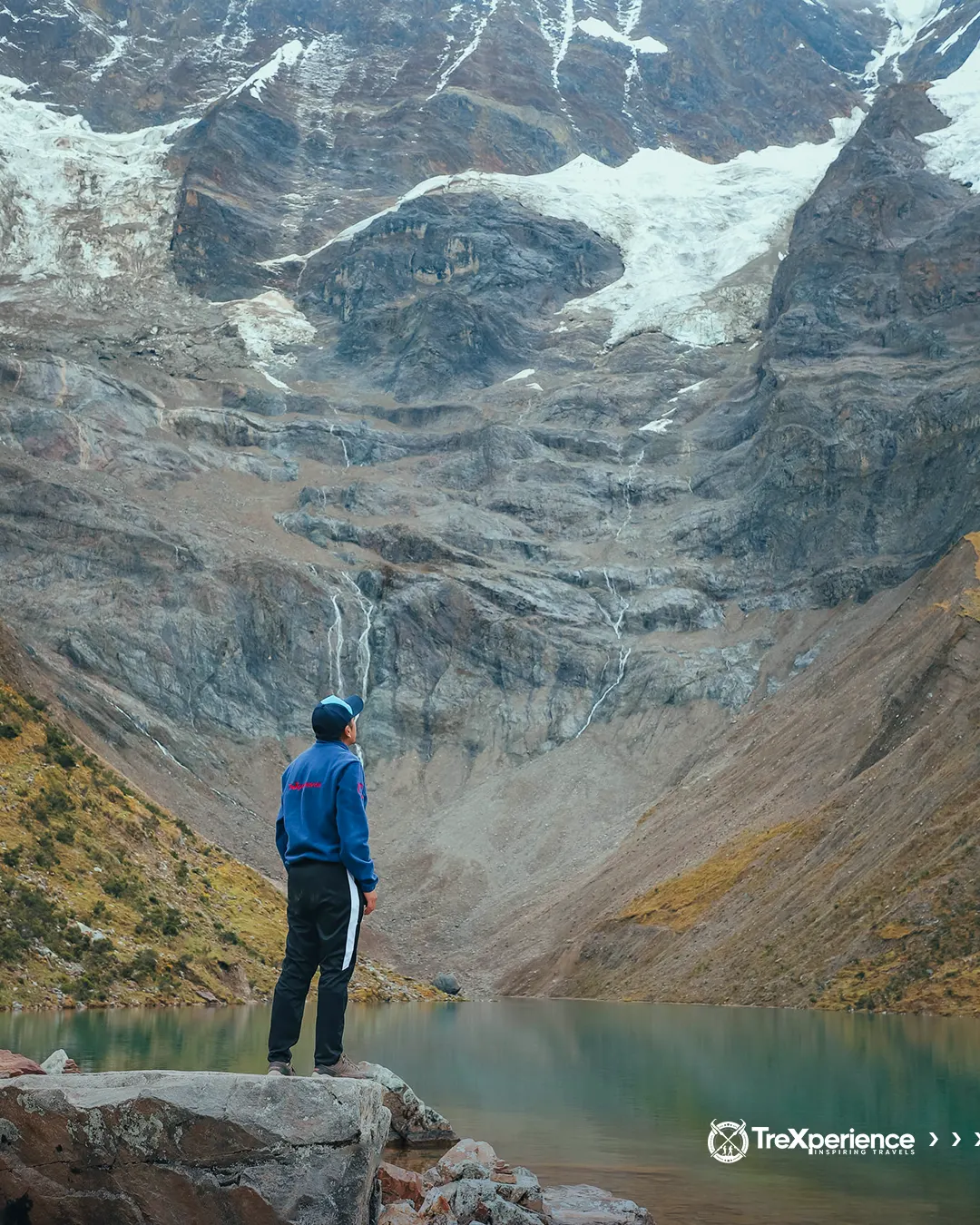
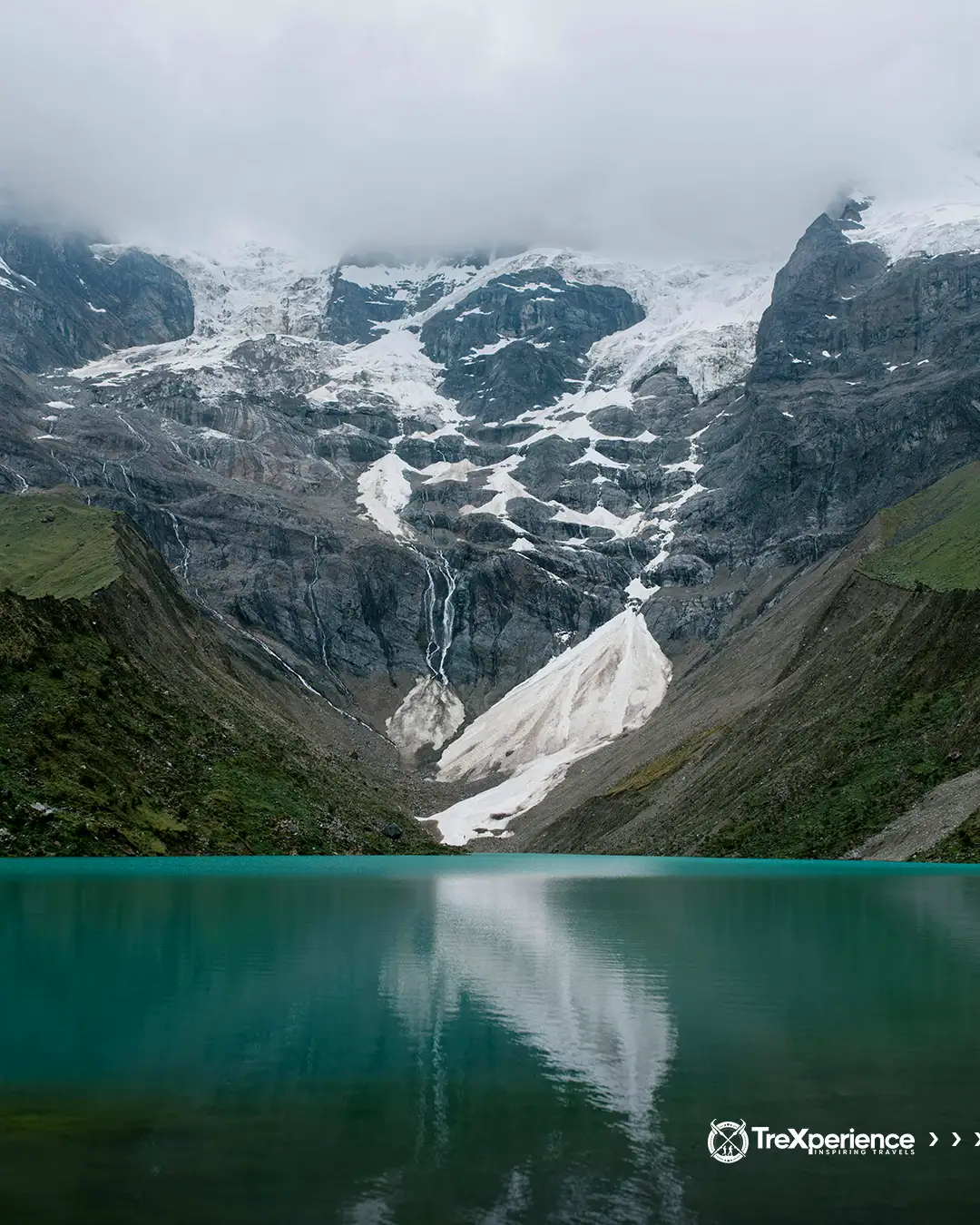
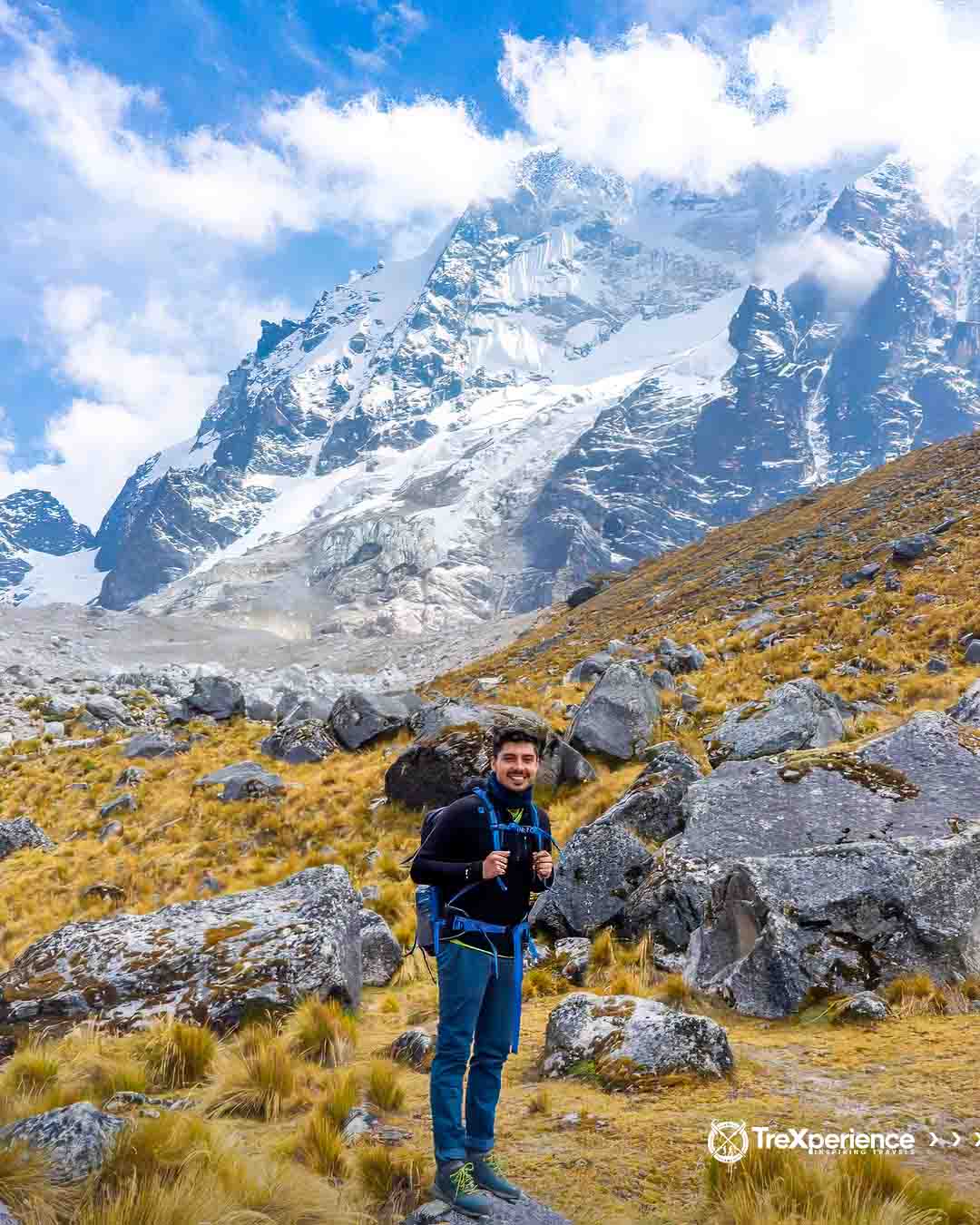
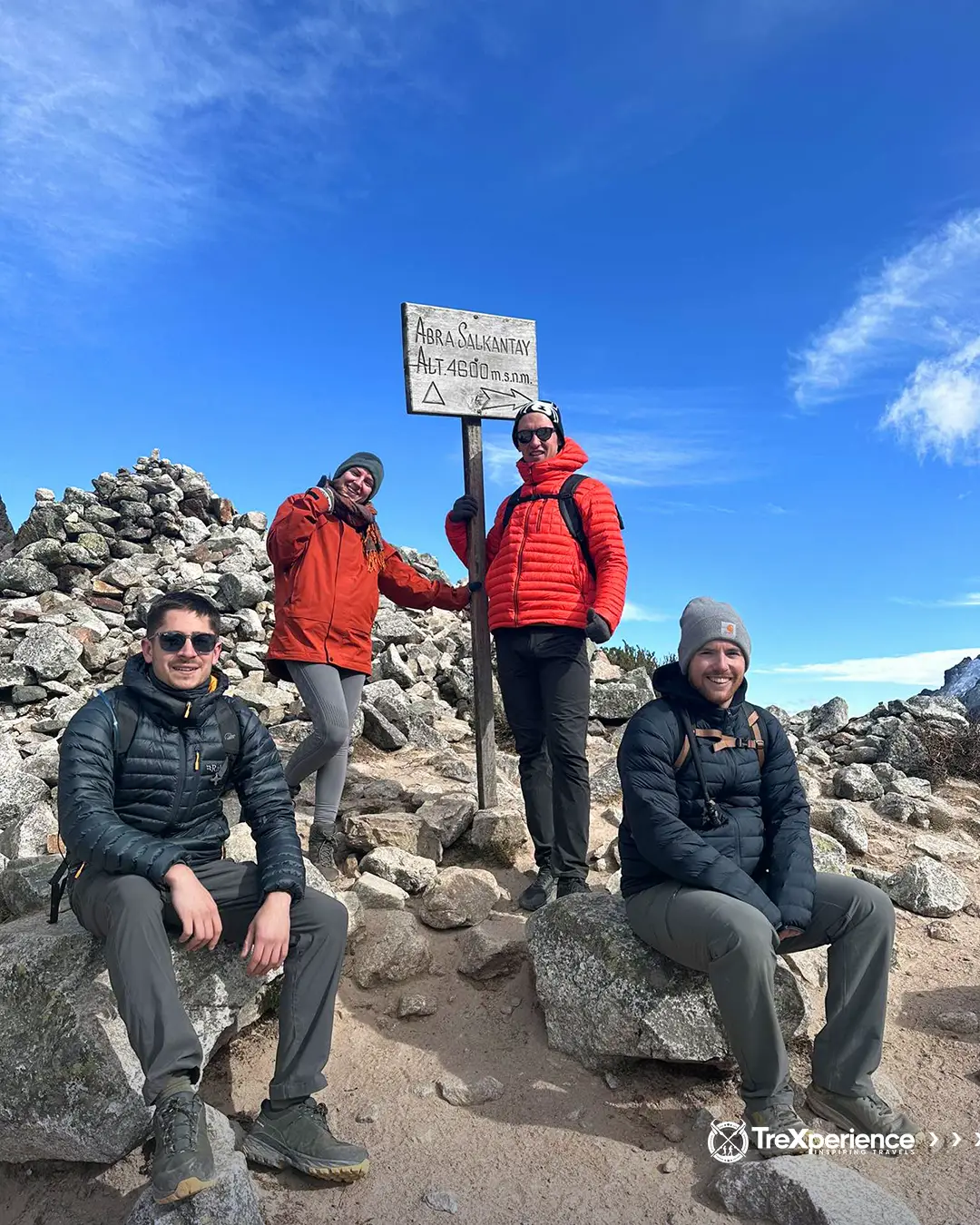
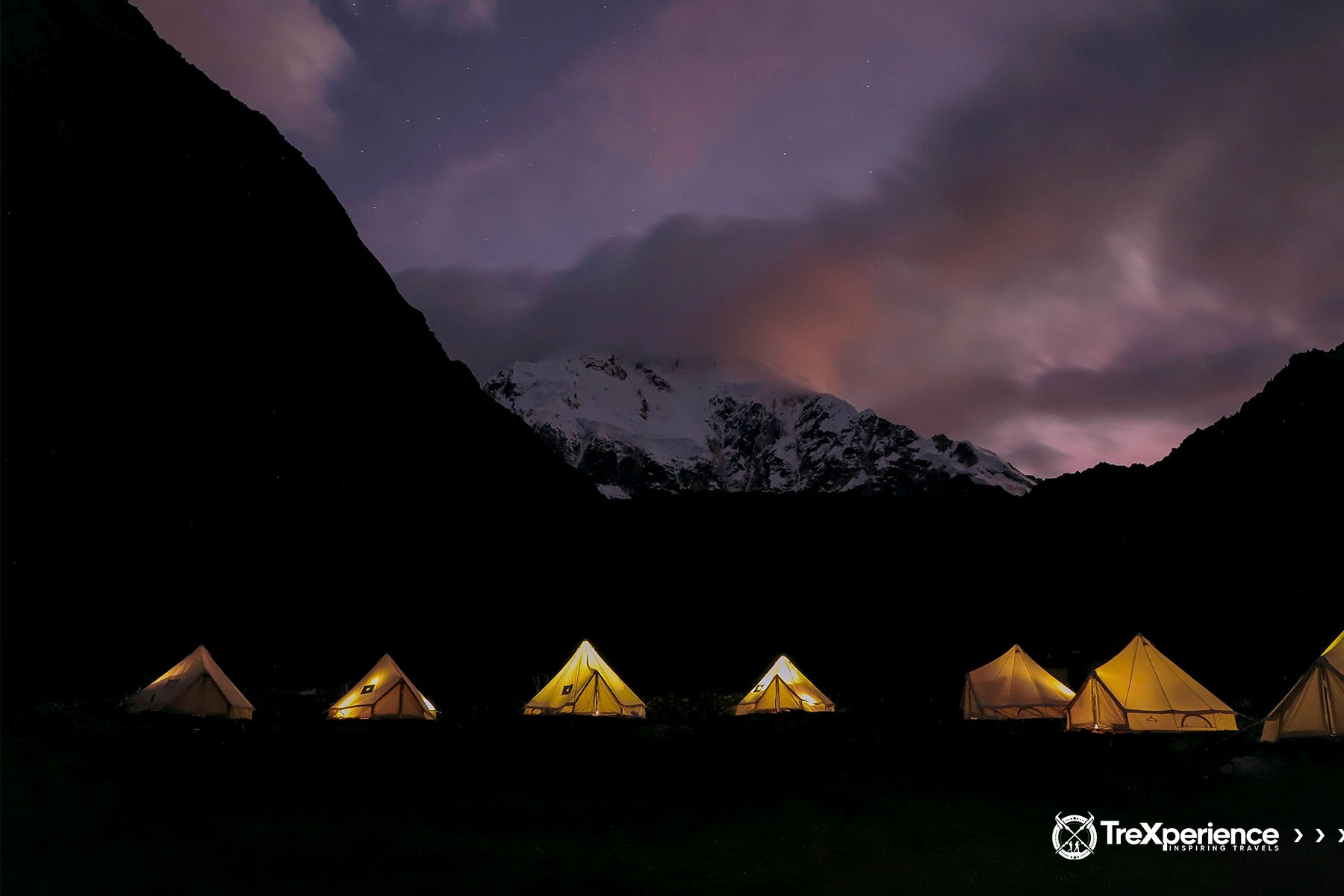
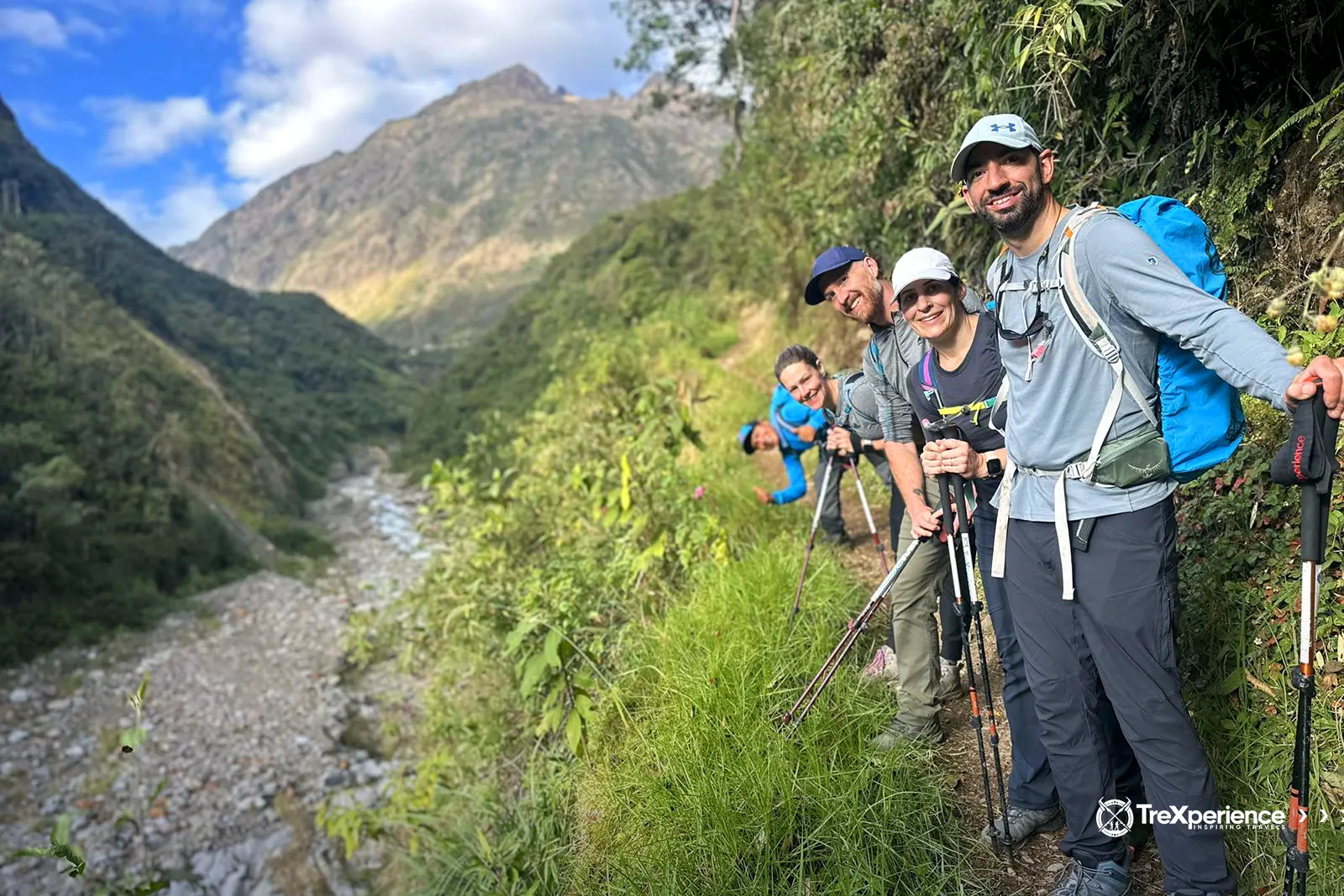
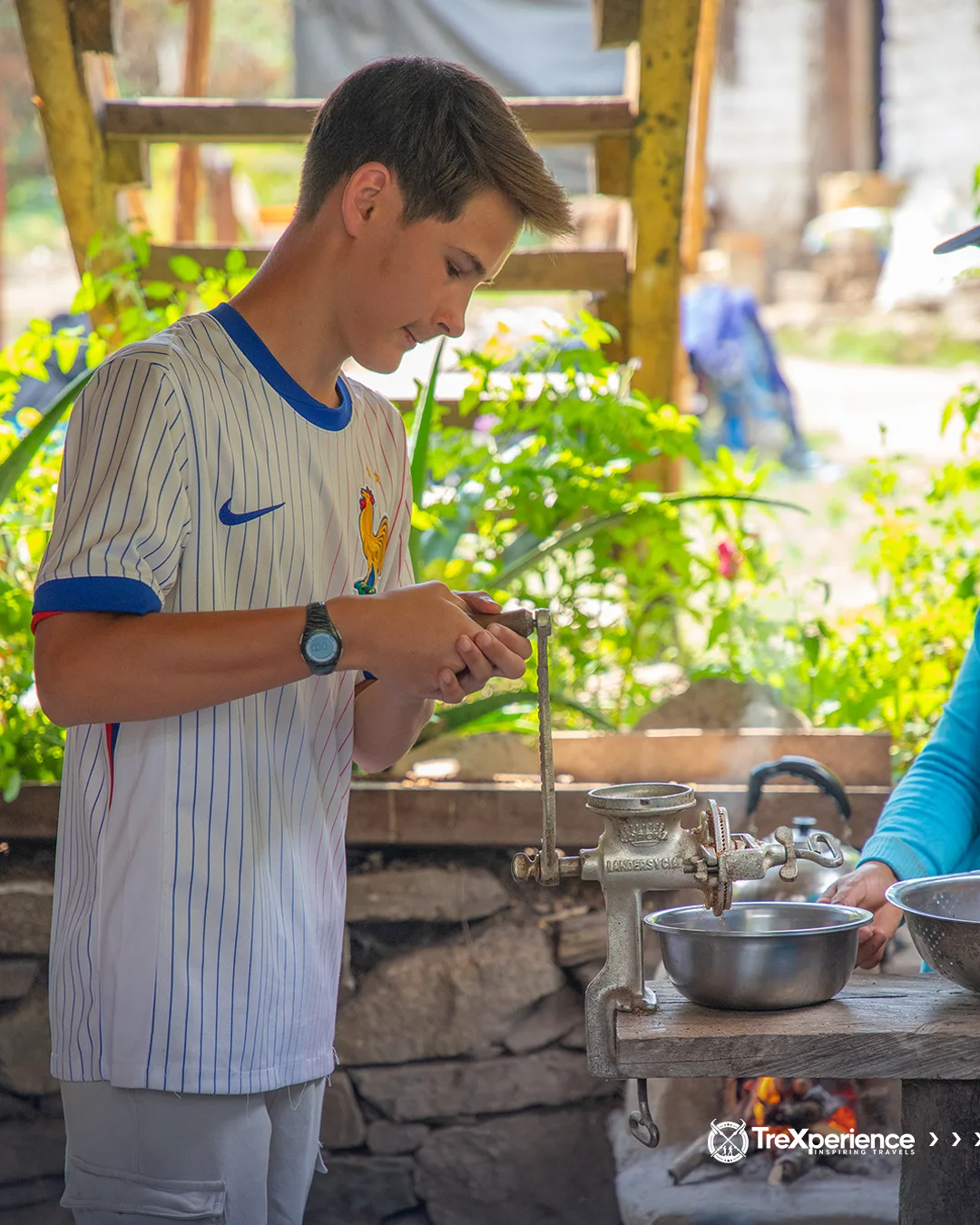
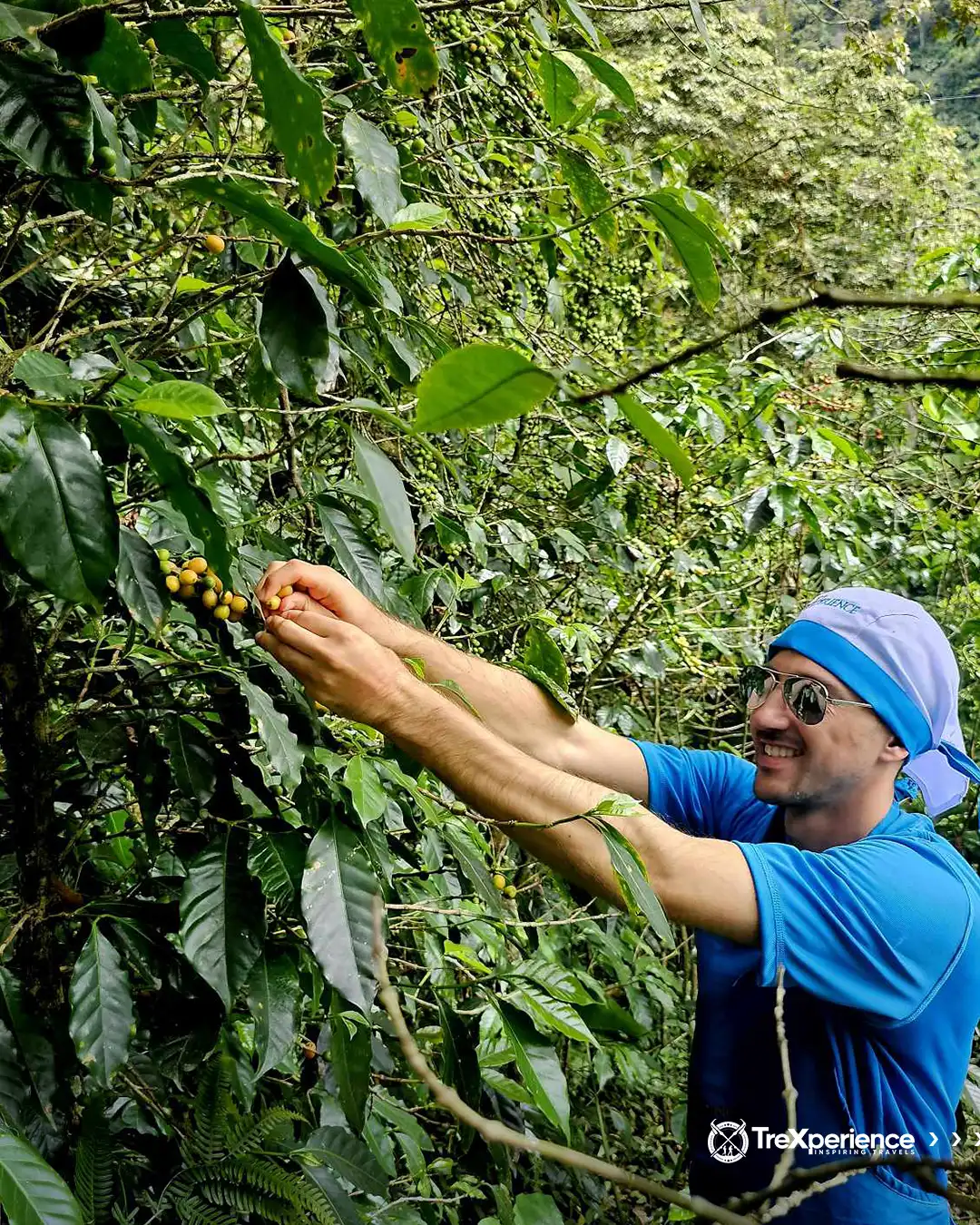
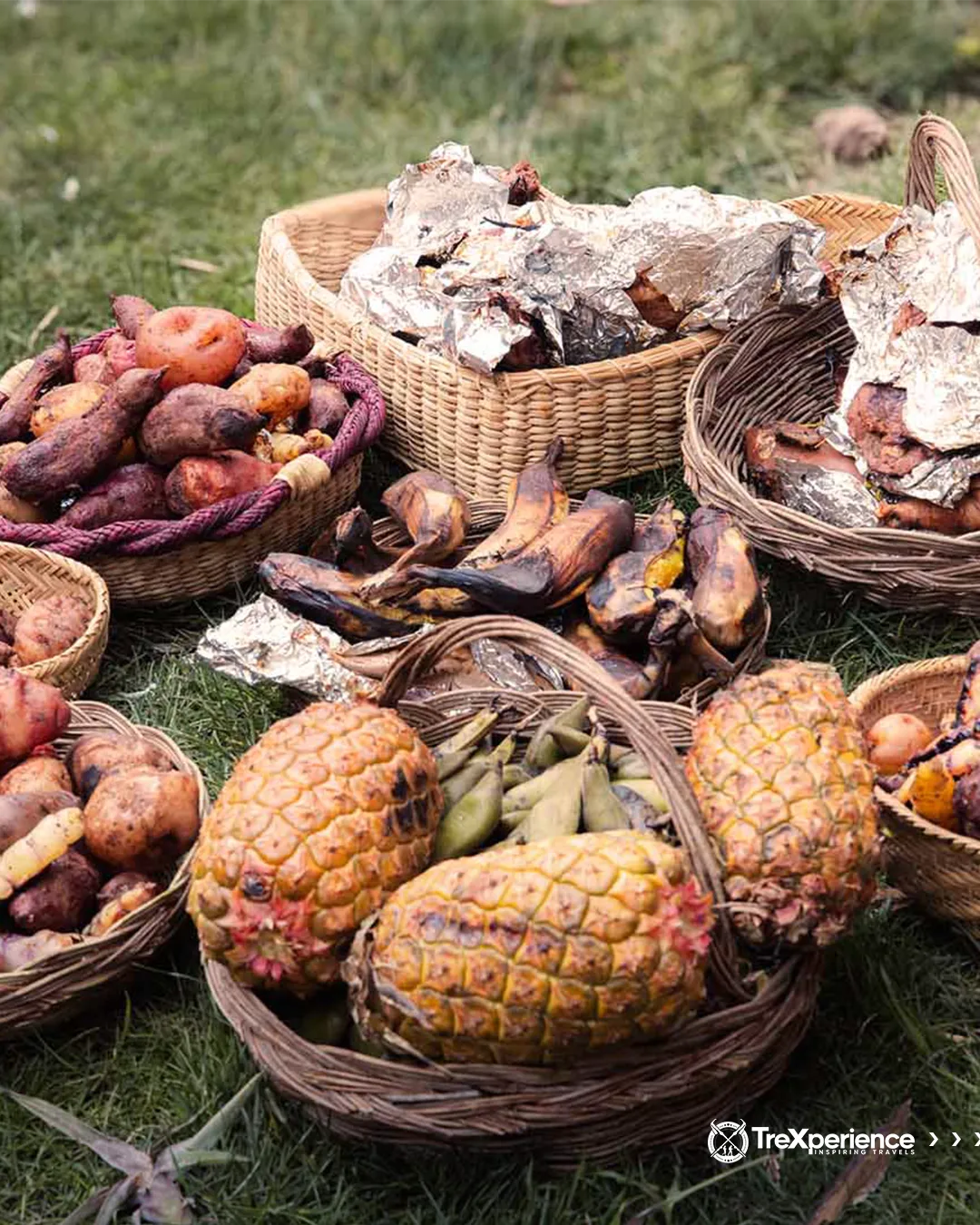
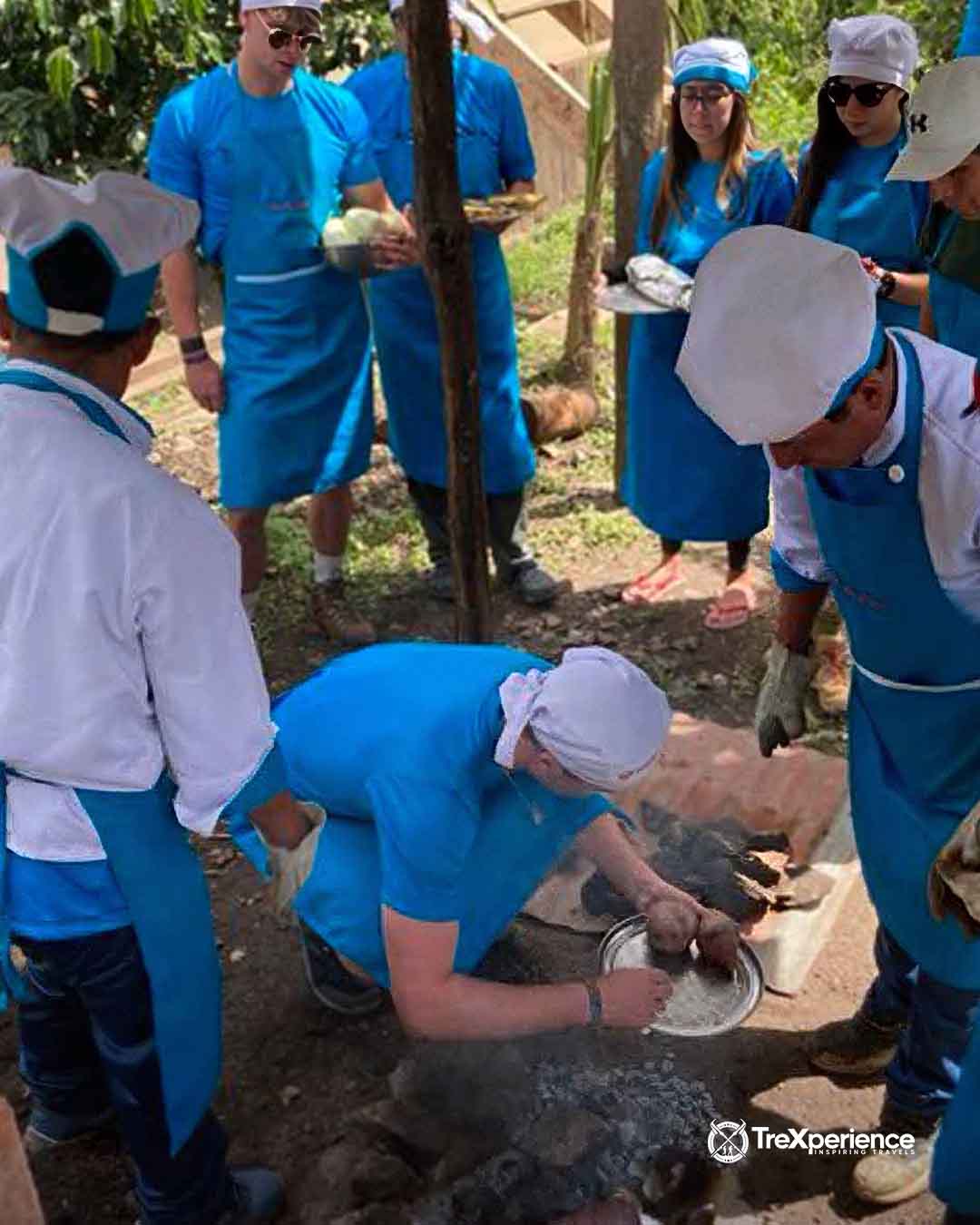
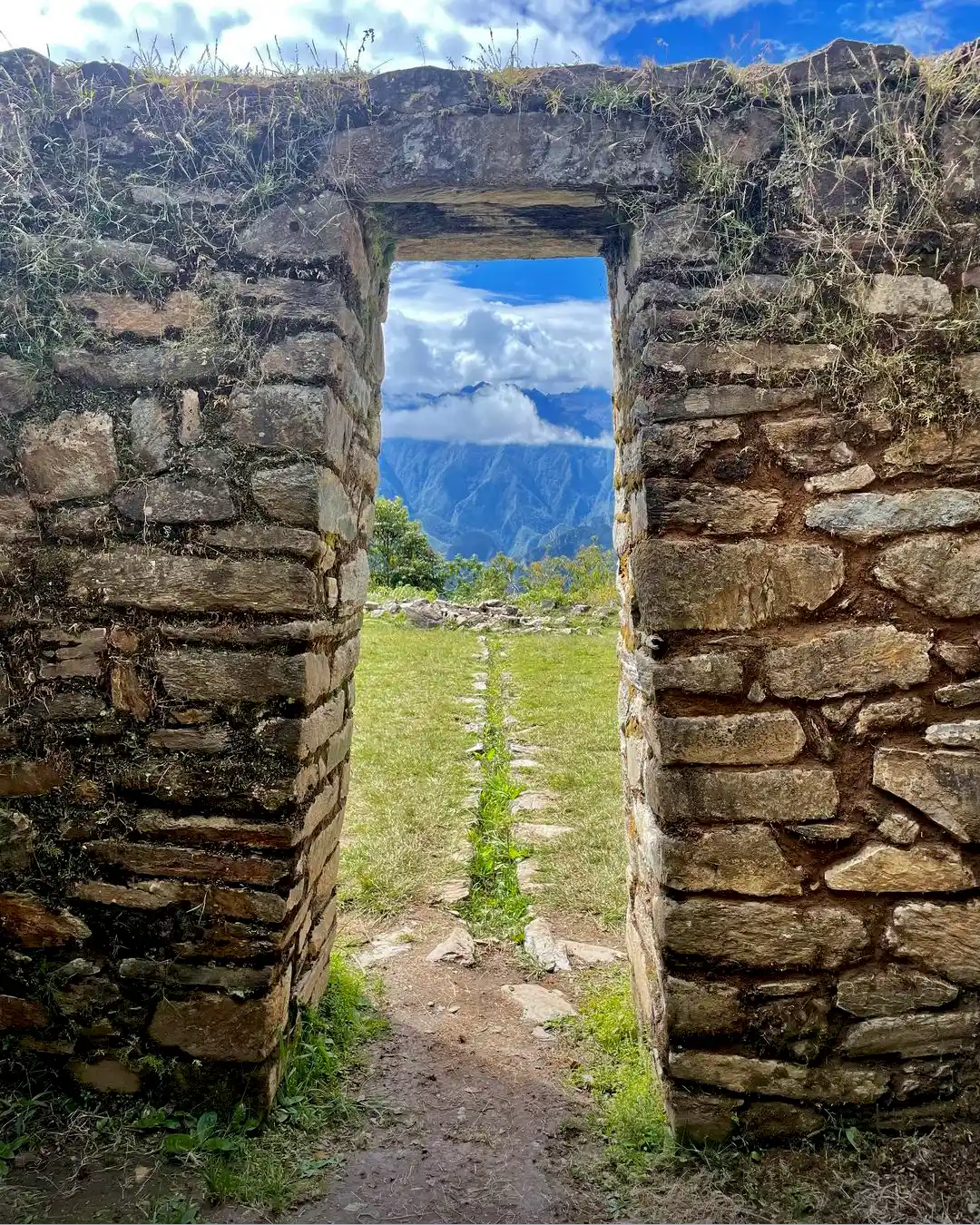
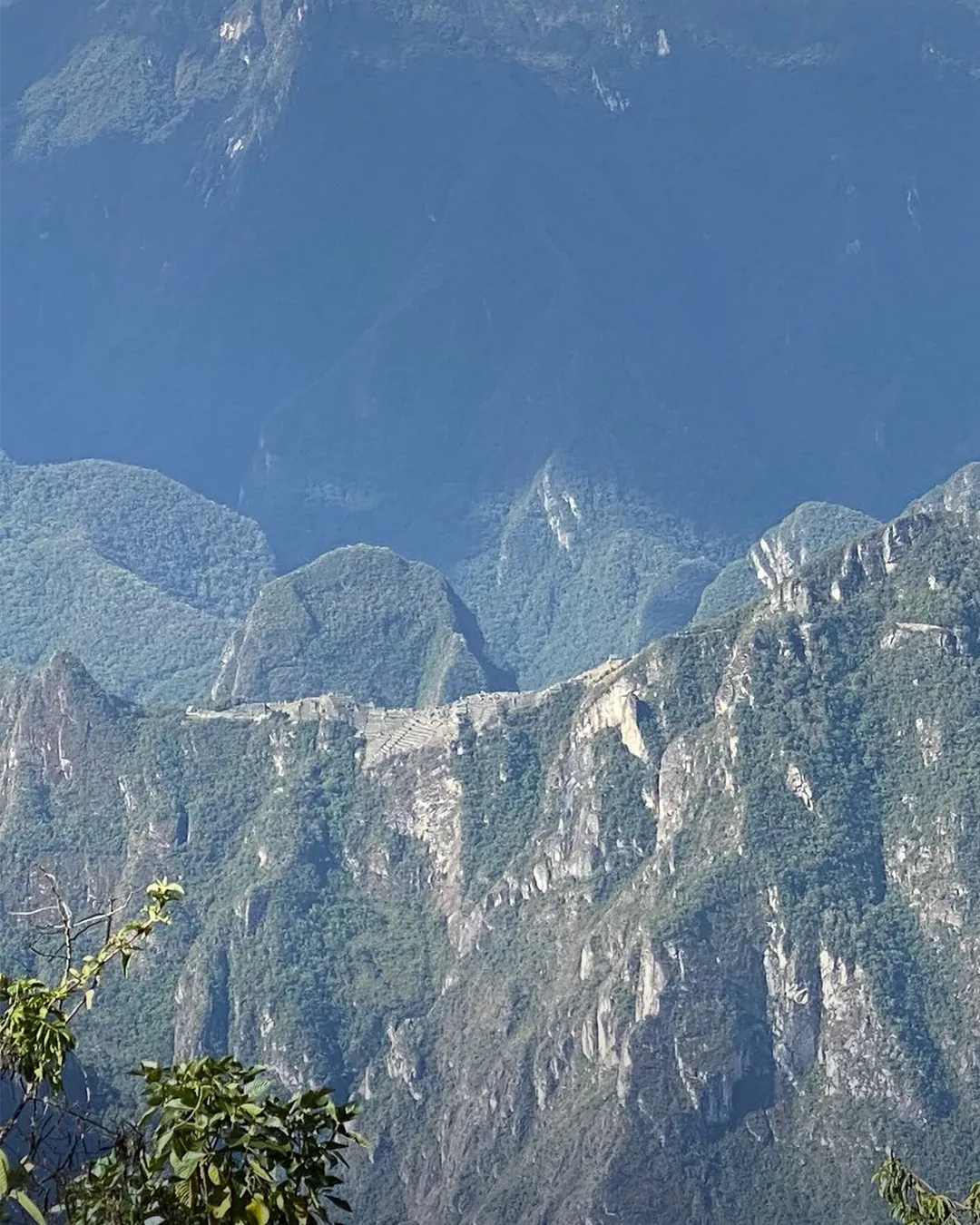
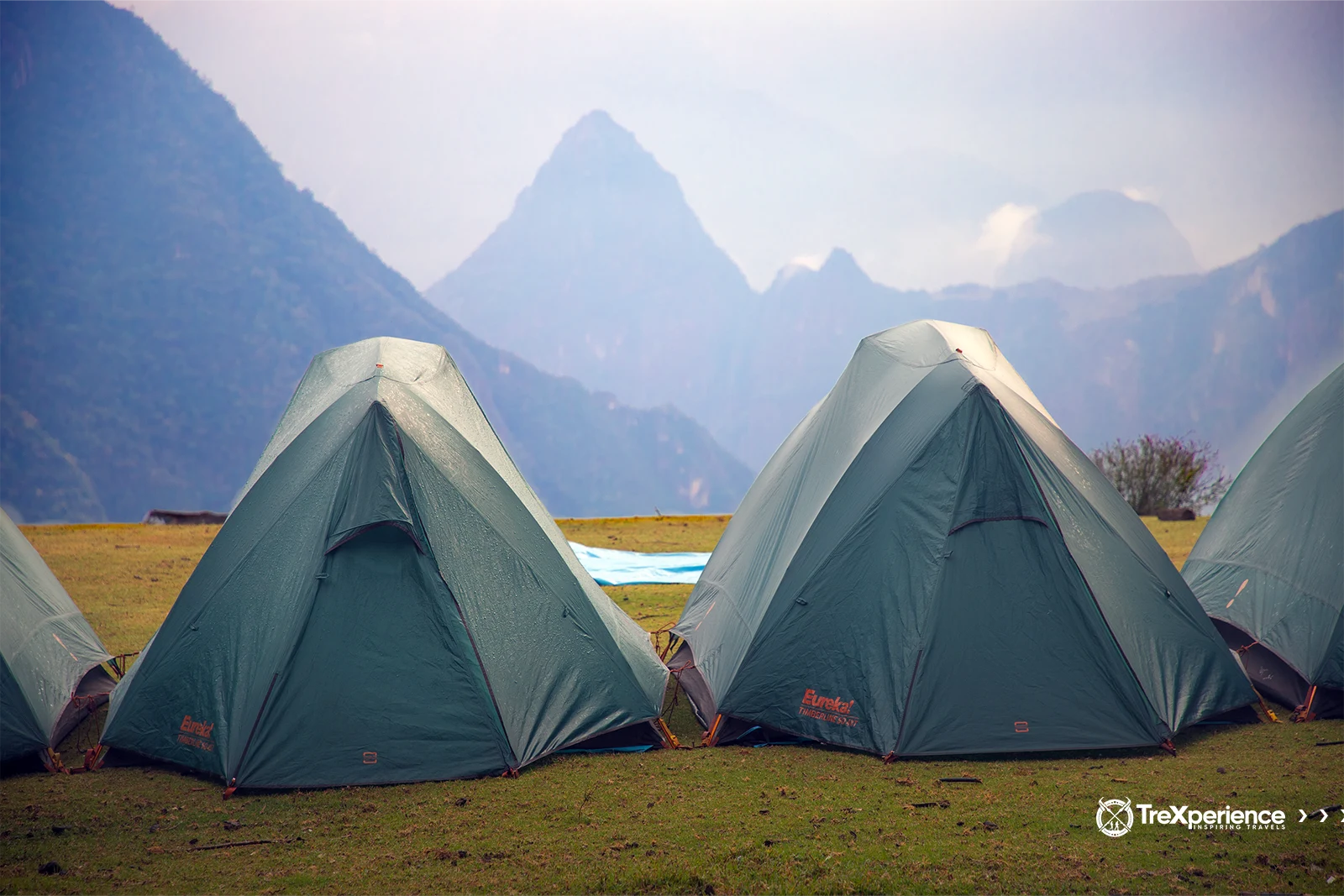
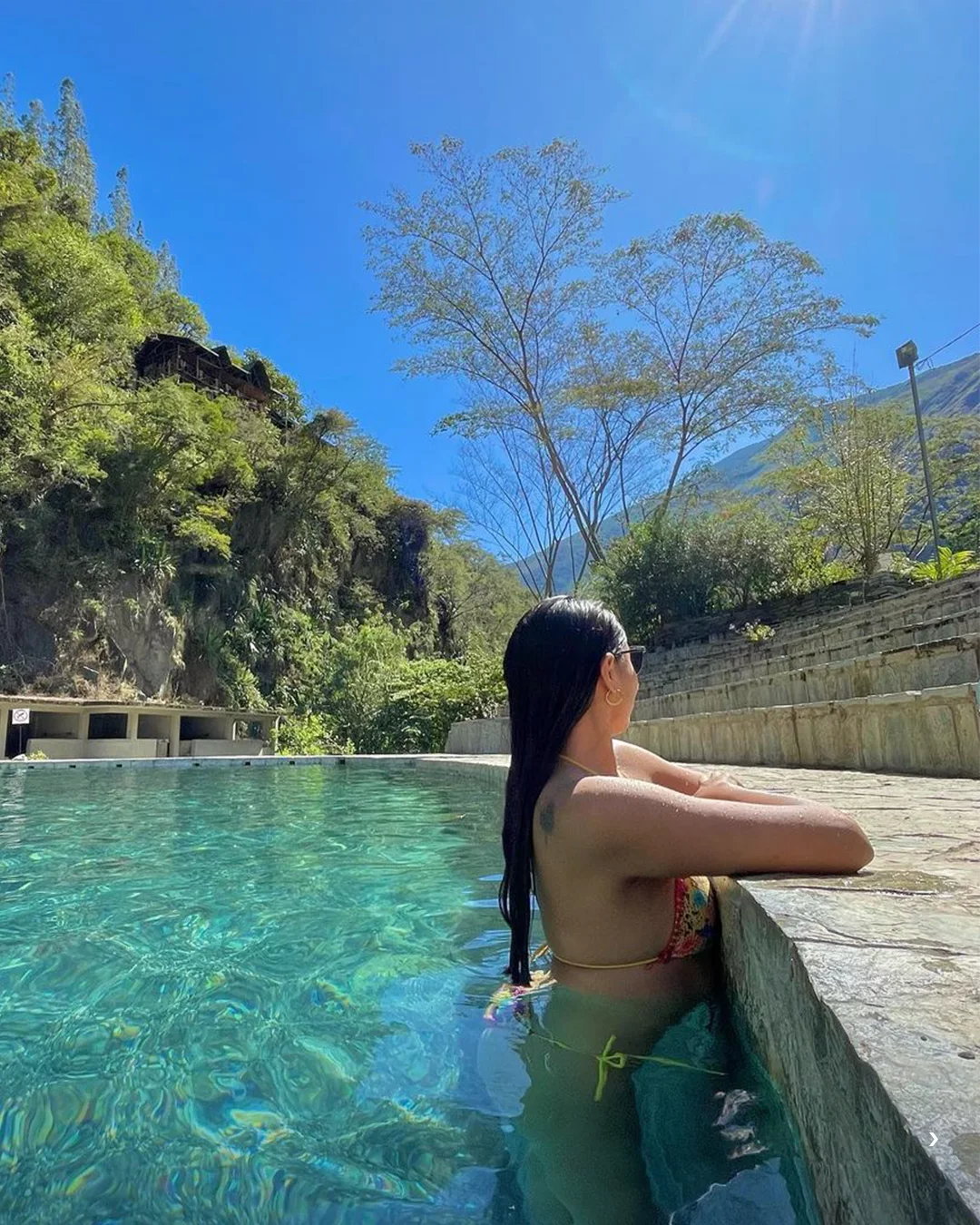
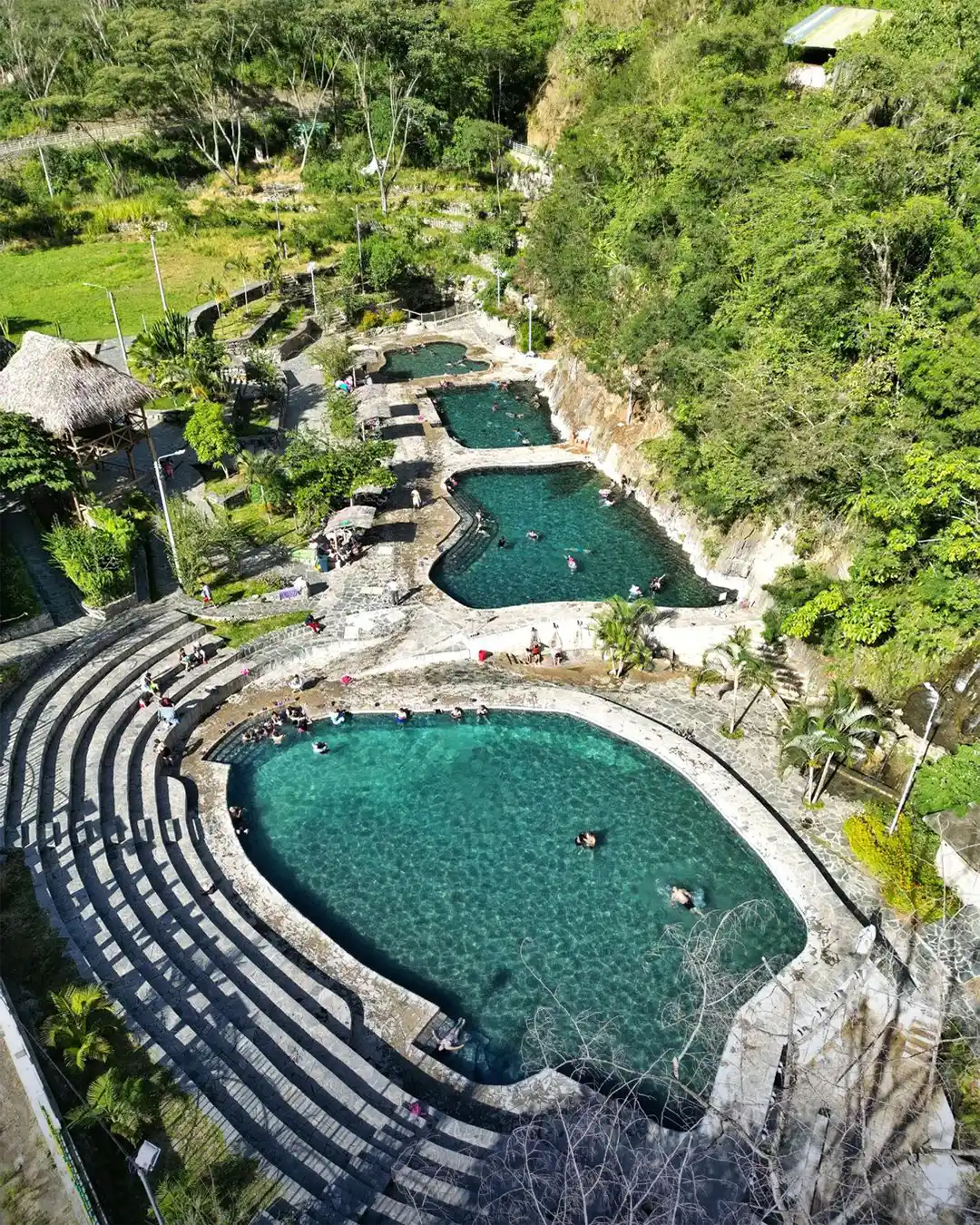
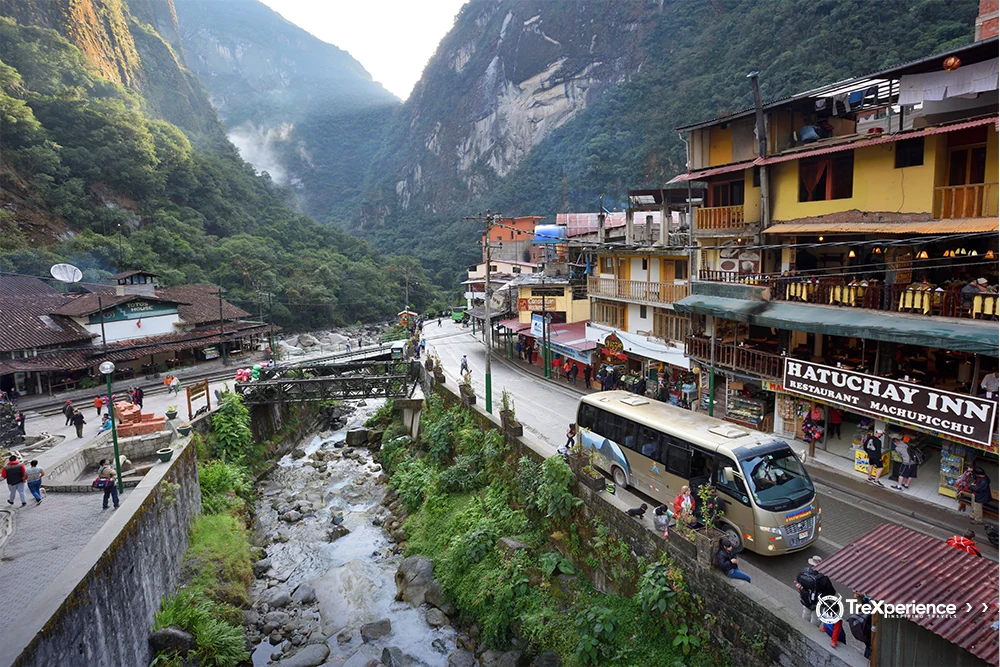
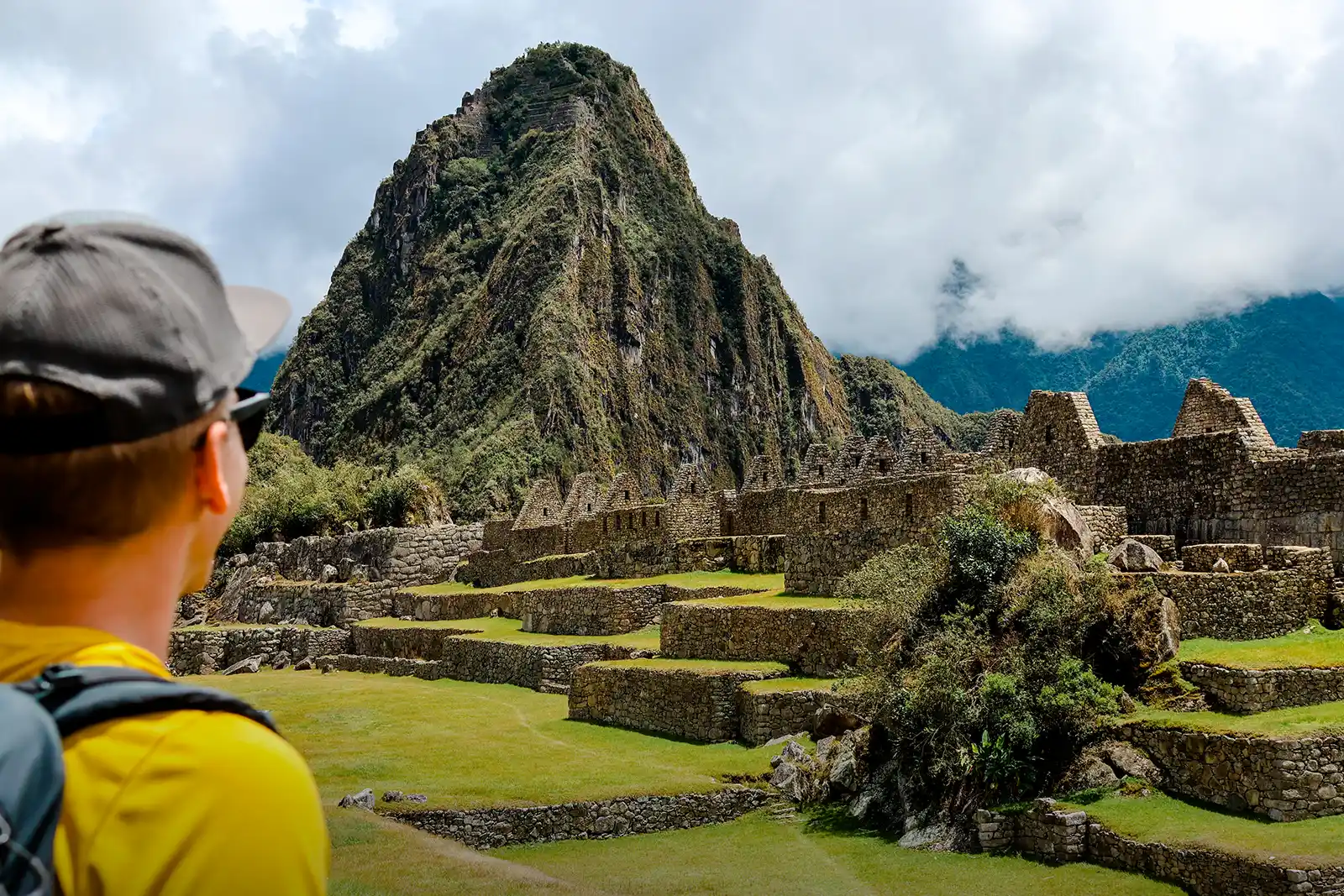
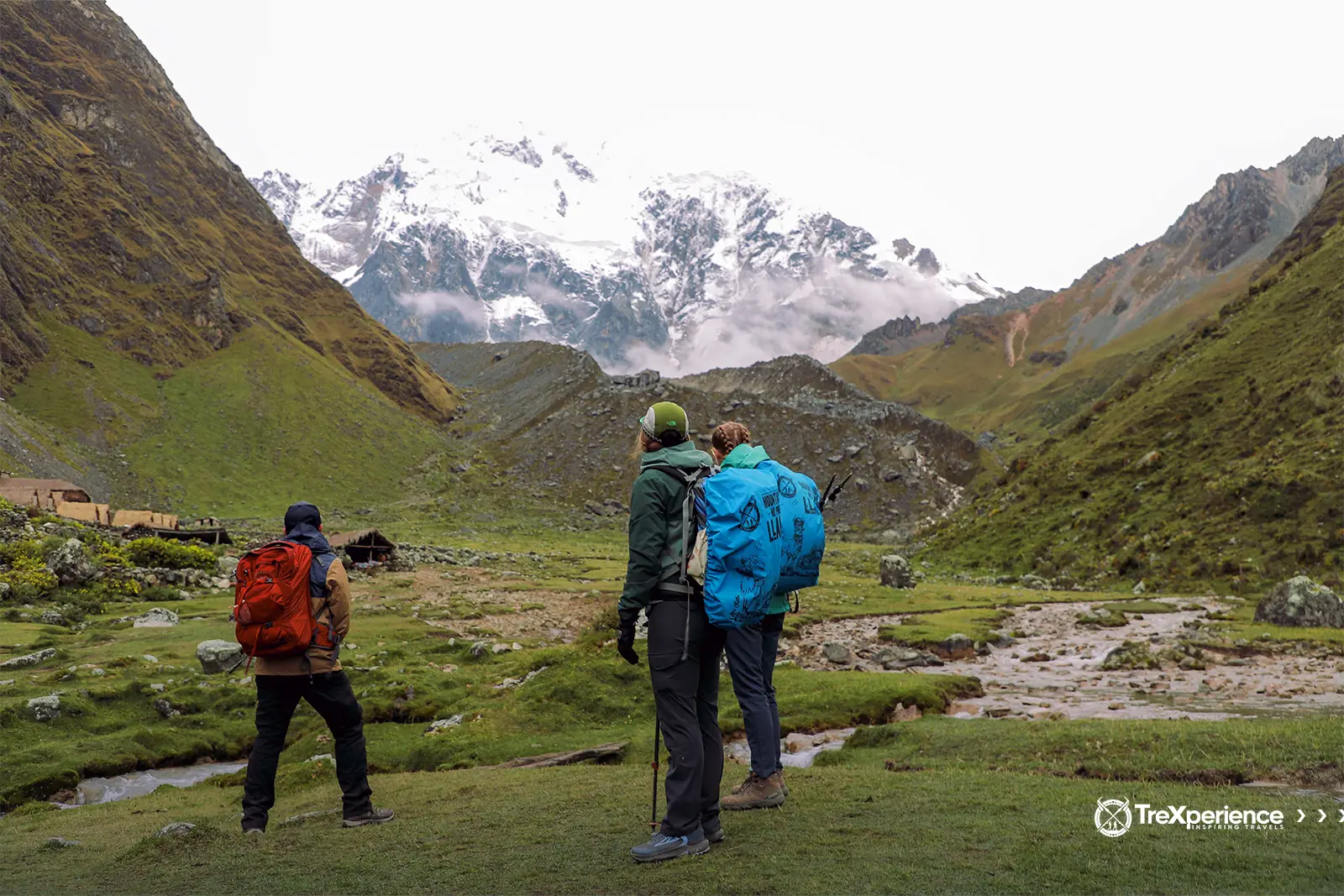
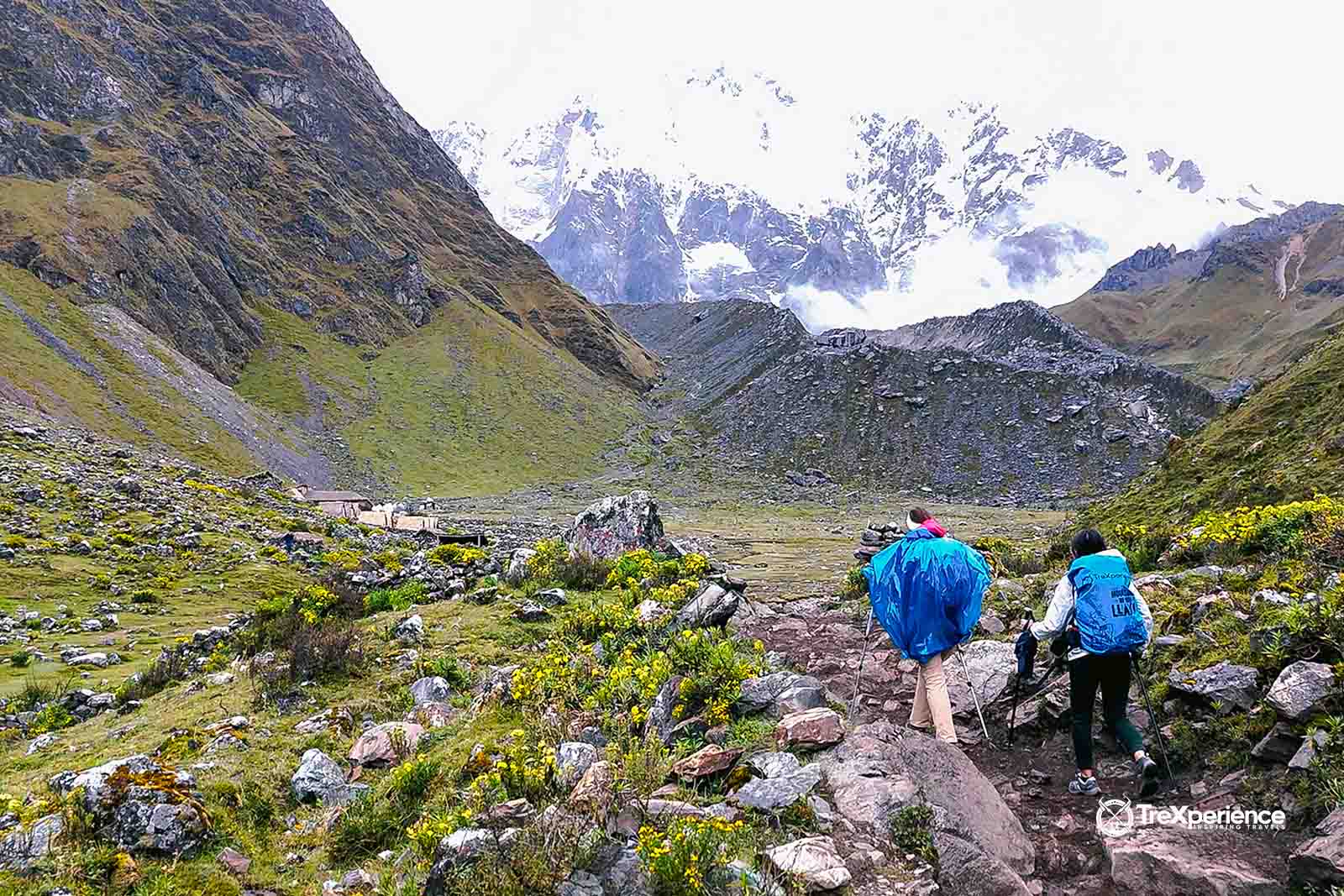
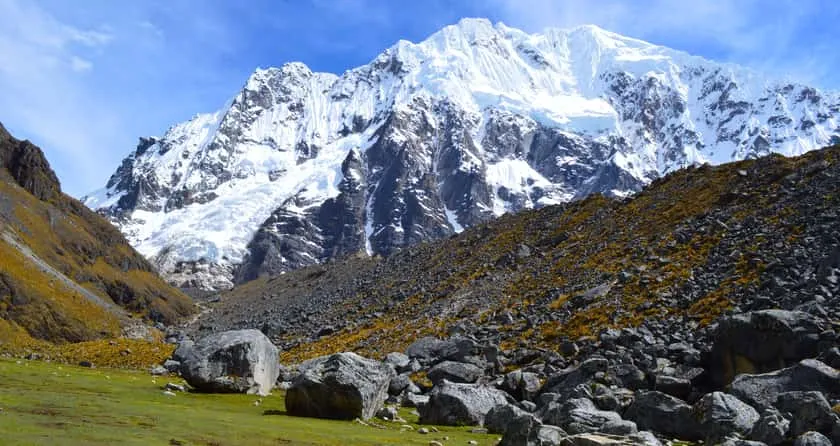
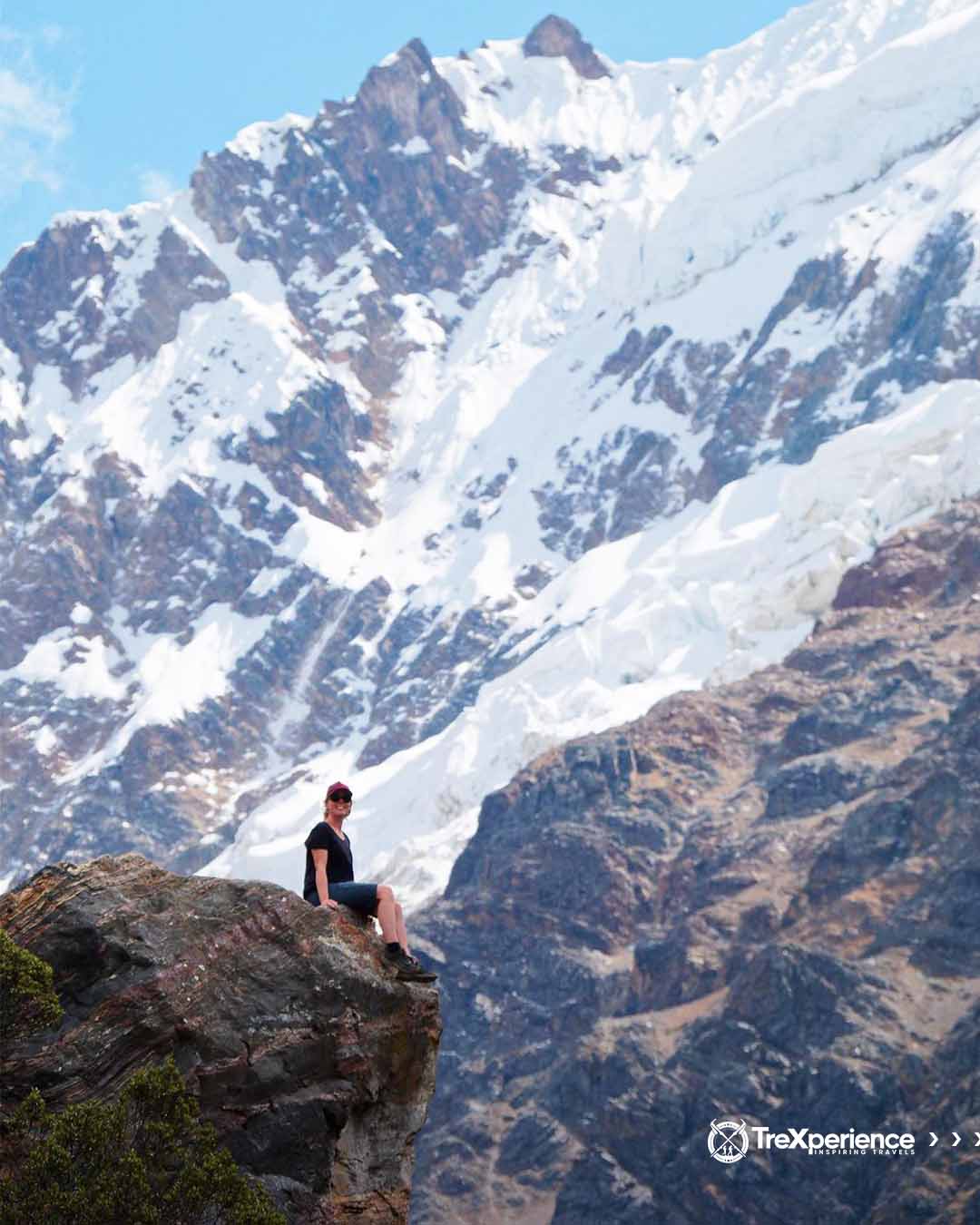
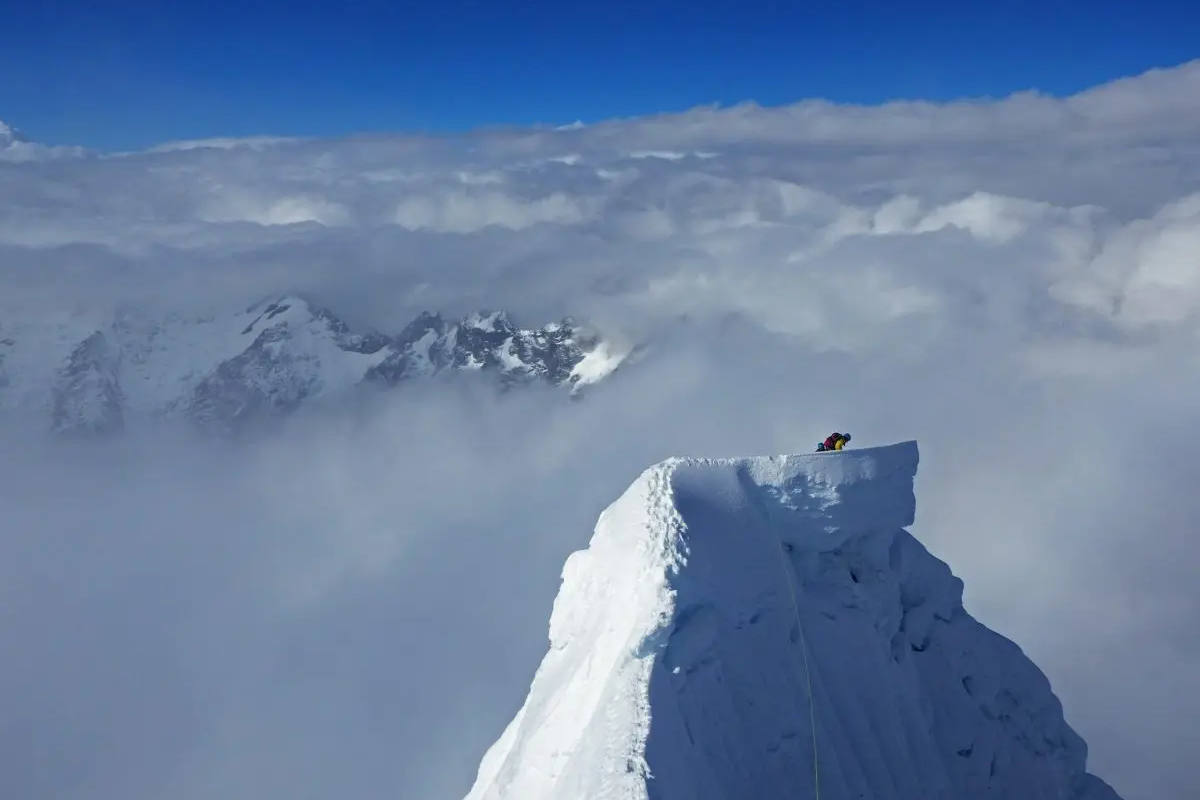
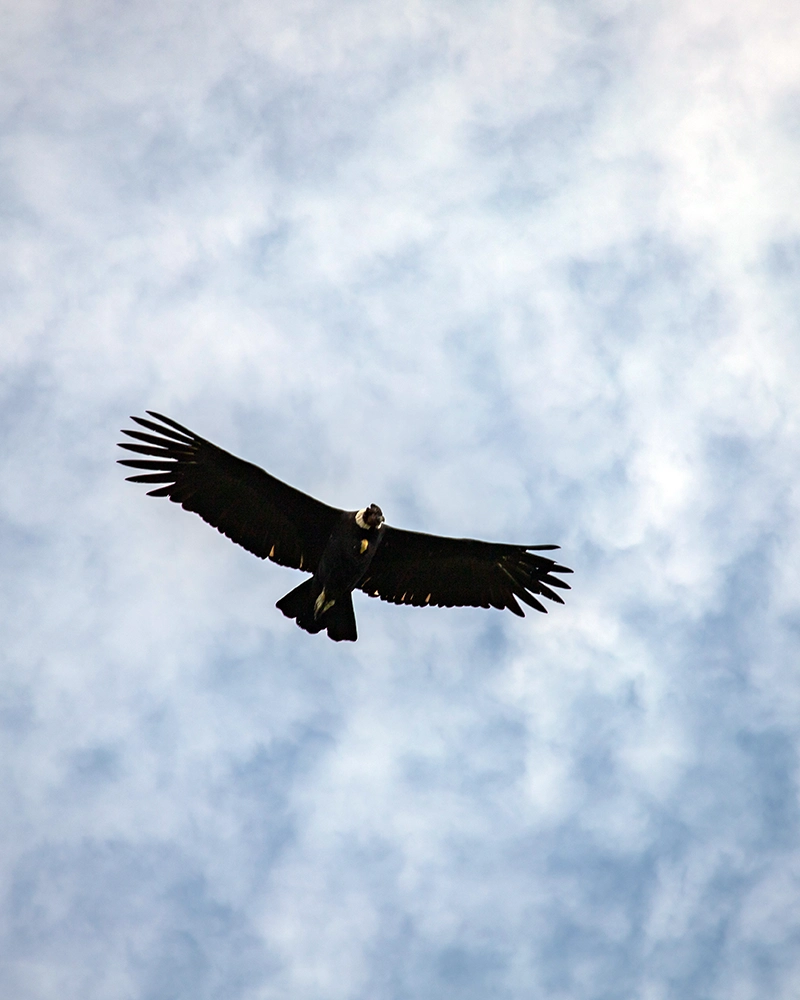
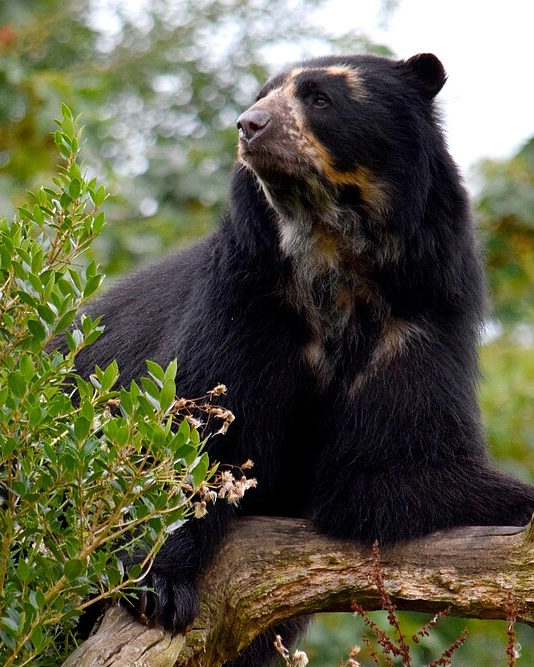
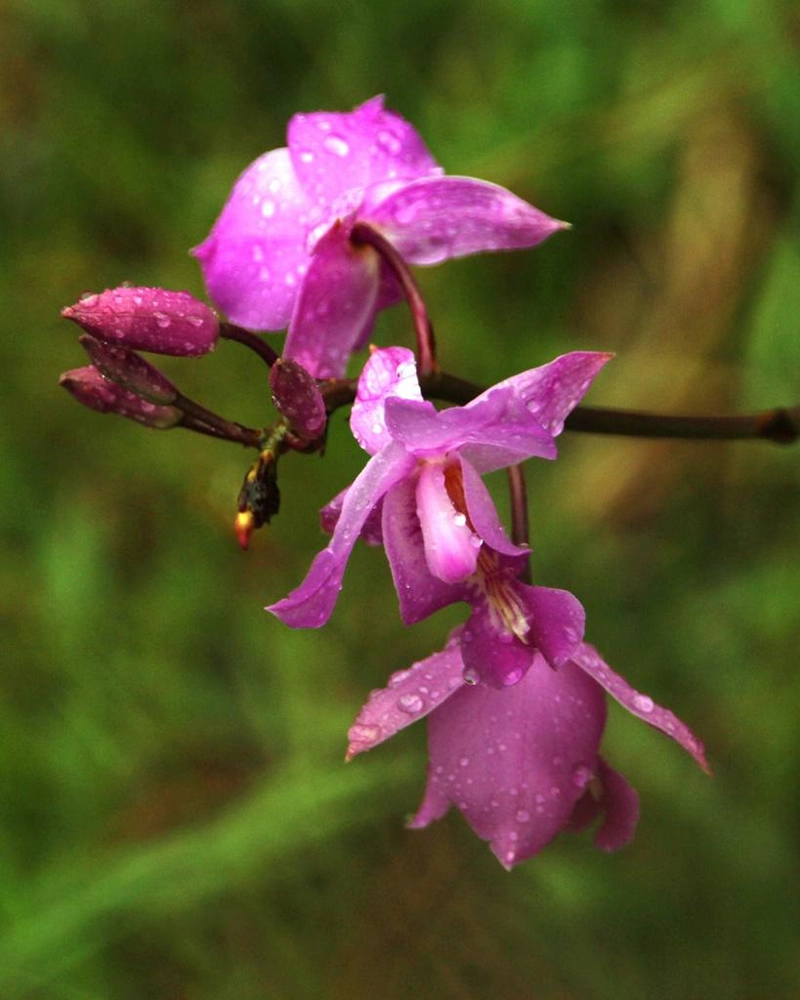
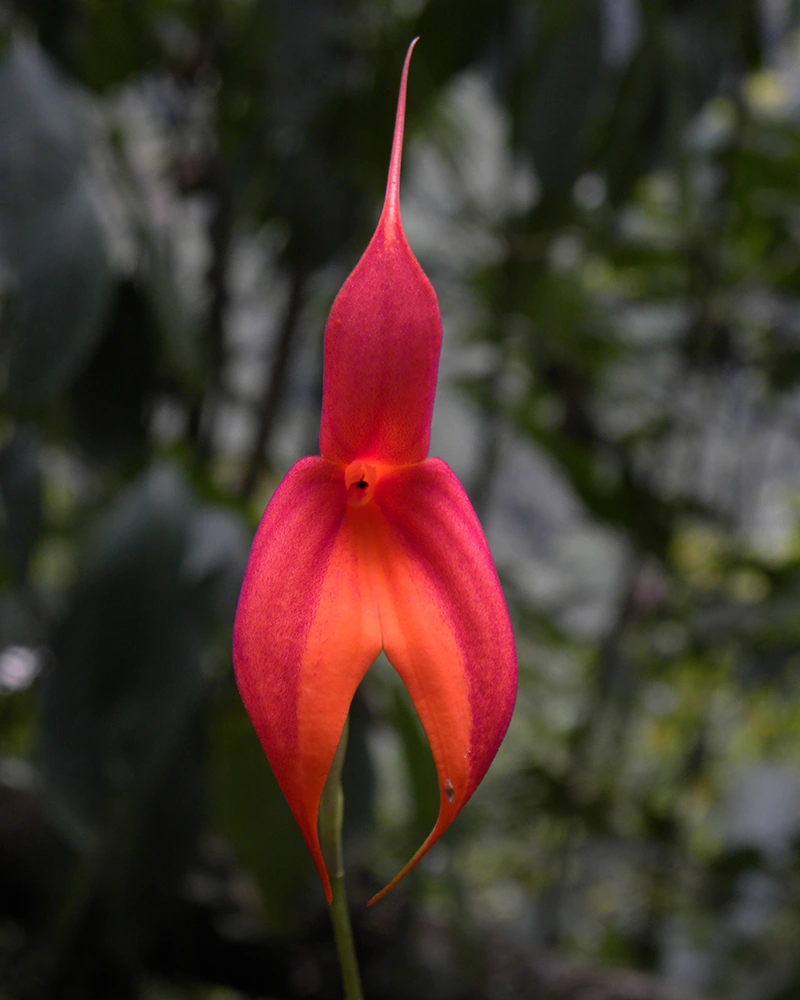
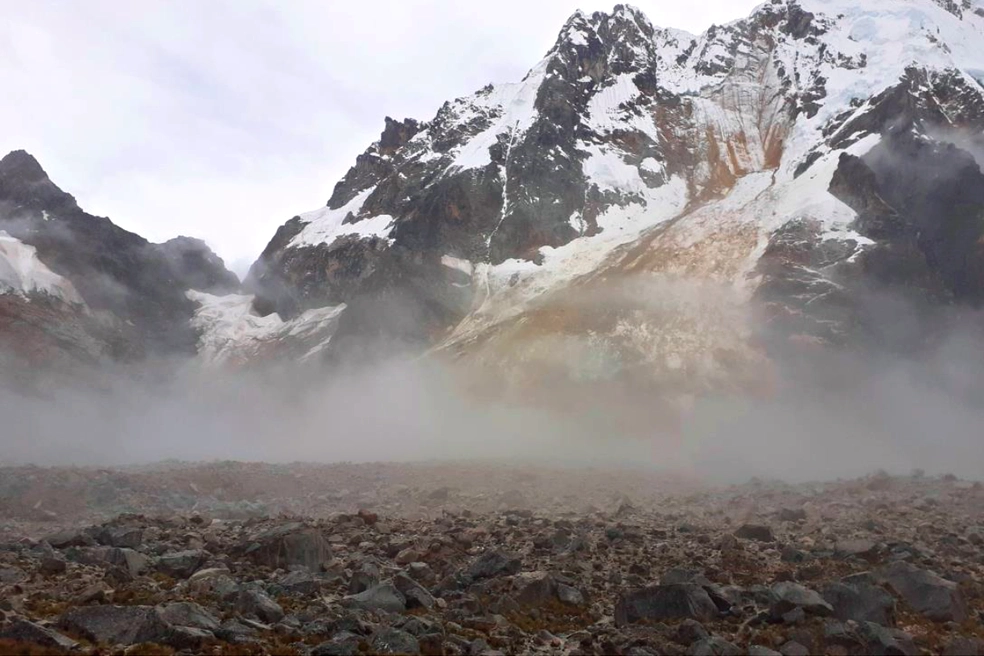
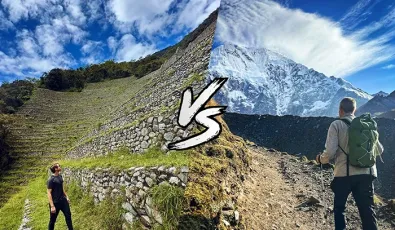
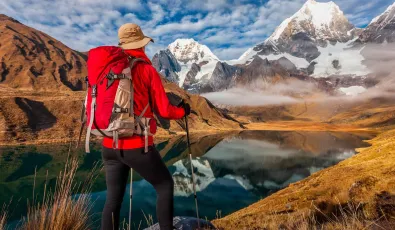
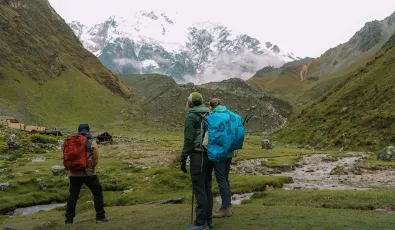
Add new comment